
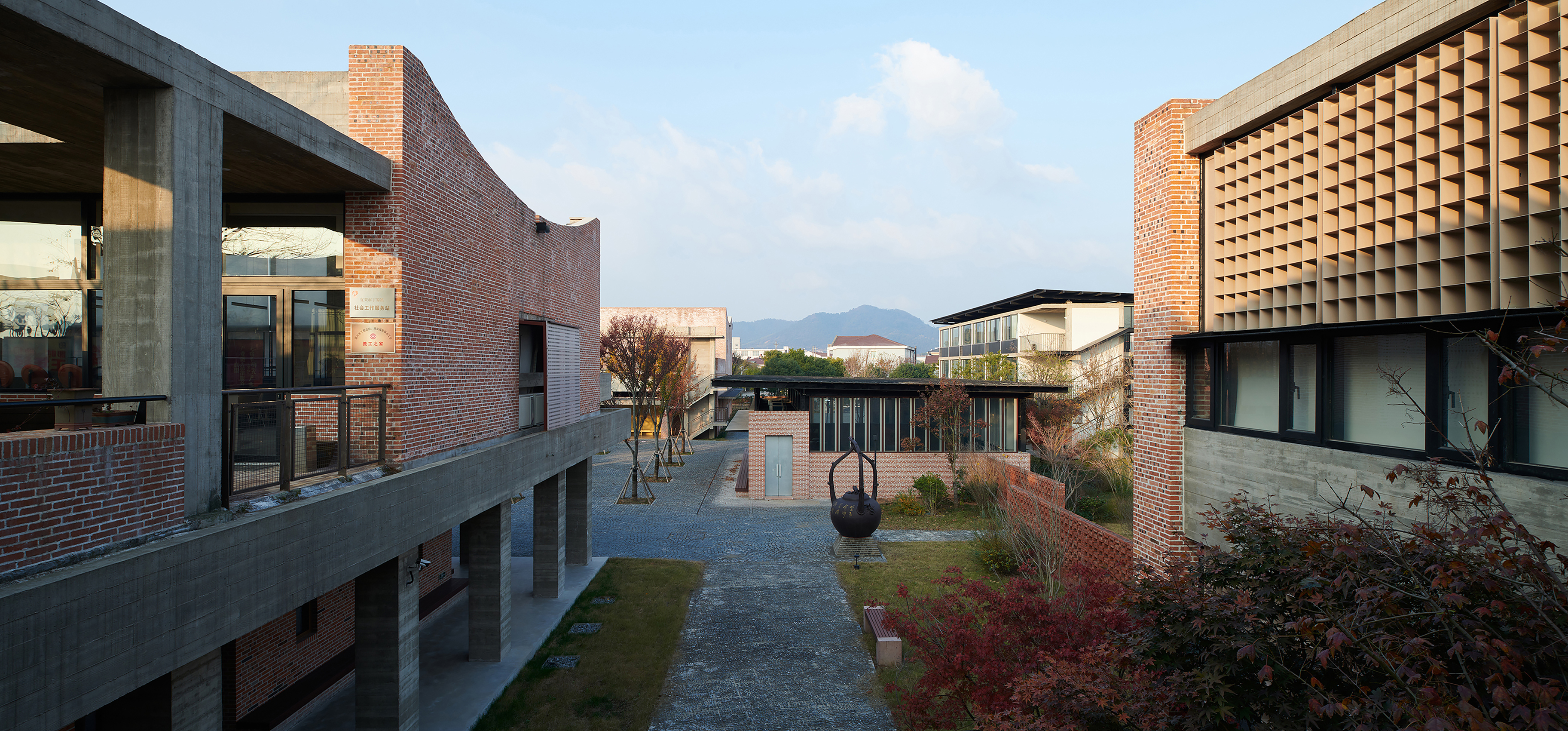
设计单位 亘建筑事务所
项目地点 江苏宜兴丁蜀
建成时间 2021年4月
建筑面积 10905平方米
“在工业化的背景下,‘手工制陶’依然有着无可取代的魅力。‘手艺’是这所学校教学的核心,而‘手艺人的空间’也正是这个校园的中心。我们为学校的每一种功能寻找一种属于它们的建筑形式,并让它们各就其位。不同类型的建筑之间形成了丰富的室外空间,让这个校园远离了大型综合体主导的学校类型。人们可以轻松地在建筑之间漫游,感受物候的变化。”
In the context of industrialization, "handmade pottery" still has an irreplaceable appeal. "Craftsmanship" is at the heart of this school's teaching, and "craftsmen's workshop" is at the center of the campus. We have found a form for each function and let them in their place. The different forms of buildings create a rich outdoor space that distinguishes the campus from the school typology that is dominated by massive buildings. People can easily meander between the buildings and feel the change of phenology.
——亘建筑
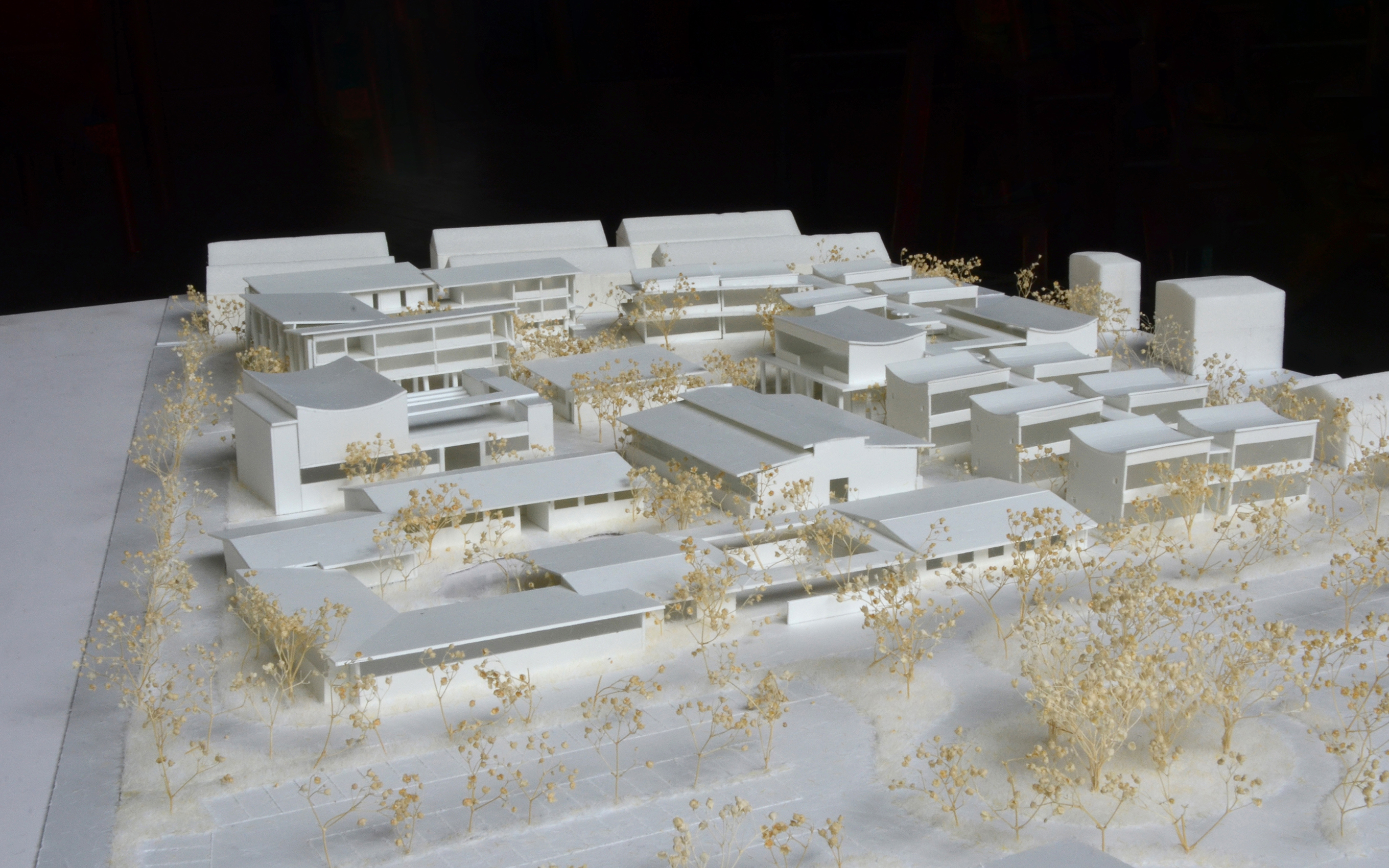
丁蜀、陶文化、成校
丁蜀,在江苏宜兴,距离上海200公里。这座太湖之滨的小镇有着数千年的制陶史,出产的各式陶器闻名中外,其中最为世人所知的是由紫砂泥制成的紫砂壶。几个世纪以来,一件雅致的紫砂壶始终是中国文人和饮茶者终其一生的追求。随着需求的扩大和产业的发展,作为紫砂壶发源地的丁蜀,逐渐发展成为中国独一无二的紫砂陶器制作与贸易中心,当地社区居民的生活也与陶文化息息相关。
Ding Shu, located in Yixing, Jiangsu Province, 200 kilometers away from Shanghai. This small town on the shore of Taihu Lake has a history of pottery making for thousands of years. All kinds of pottery produced are famous, among which the most well-known is the Zisha teapot made of Zisha clay. For centuries, possessing an elegant Zisha teapot has been a lifelong pursuit of Chinese literati and tea drinkers. With the increase of demand and development of the pottery culture, Dingshu, the birthplace of Zisha teapot, has gradually developed into the center for the production and trading of Zisha teapot. Therefore, the life of local community residents is also closely related to pottery culture.

丁蜀成校,作为全国乡村成人教育体系中为数不多的专门从事陶艺教学和培训的学校,既要通过为当地群众提供学历教育和技能培训,来增加他们的收入,改善他们的生活;同时学校也利用课余时间向缺乏公共设施的乡村社区开放,成为开展公众教育和公共活动的场所。
As one of the few schools specialized in pottery training in the national rural adult education system, Dingshu Vocational School of Pottery aims to increase the income level and improve the local livelihood by offering academic education and skills training, and is supposed to open up to rural communities that lack public facilities after school hours as a venue for public education and activities.
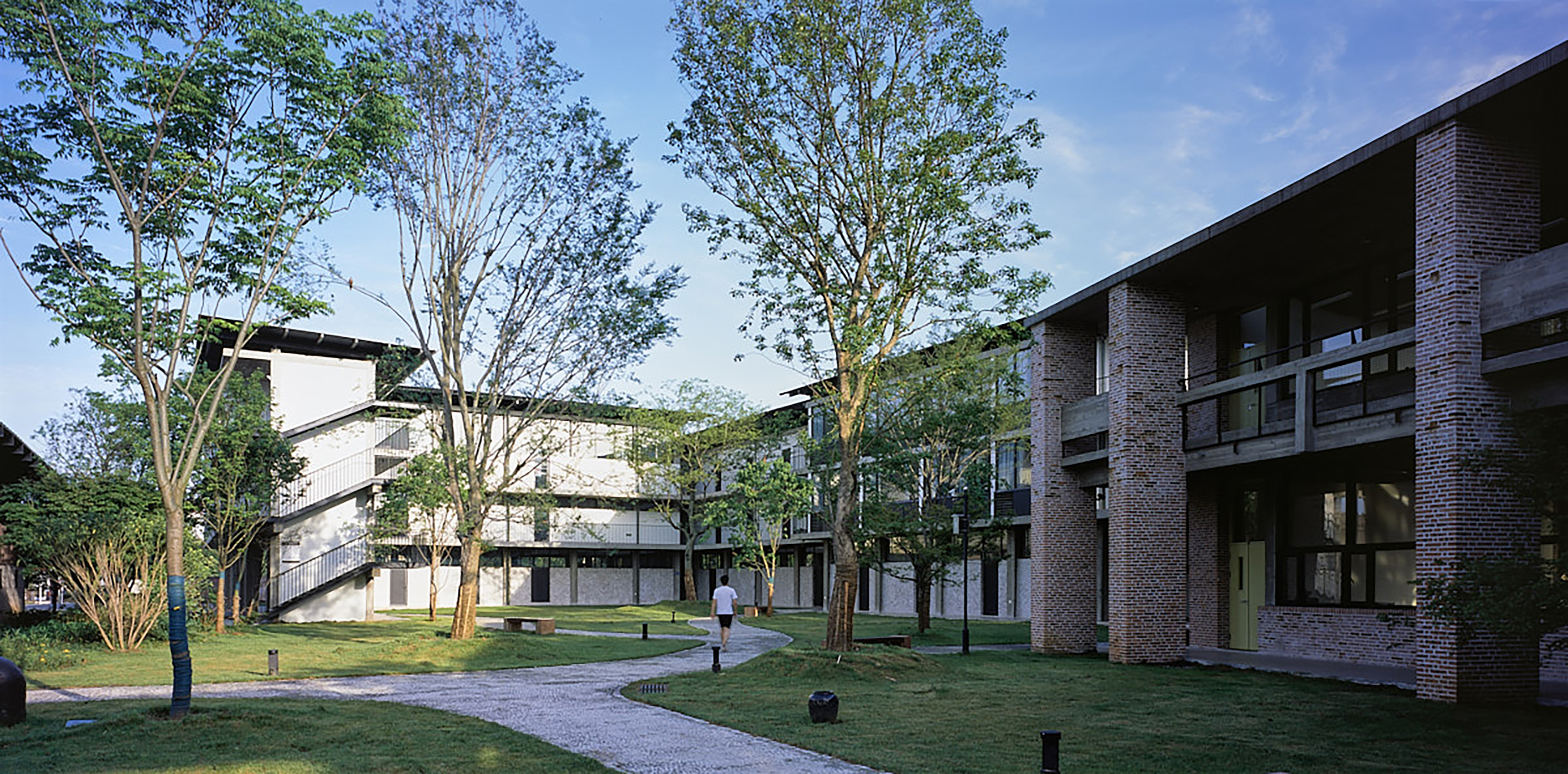

工坊式的校园
通过对当地的陶文化和制陶工坊历史的研究,建筑师了解到过去师徒传承式的制陶匠人培养方式,并与周边社区群众、业者、教师、匠师进行了研讨,沿着“工艺学校”的线索,逐步确立了以“制陶工坊”为中心的低密度校园的设计目标。
Through the study of the local pottery history, genarchitects learned about the way pottery making was handed down from master to apprentice in workshop. By having seminars with people from the surrounding communities, practitioners, teachers and craftsmen, we find the clue of creating “an artisan school," and the design goal of a low-density campus centered on a "pottery workshop" was gradually established.
有别于惯常的以综合建筑与集中场地为主的学校,丁蜀成校漫游式的校园,有着传统工坊式的松散布局。大工场、小工场、多功能厅和陈列厅,这四个最重要的单体被放置在校园中心,由它们围合出的榉树广场则是举办室外活动的中心场所。
Instead of designing a common campus with massive buildings and extensive squares, Dingshu Vocational School of Pottery is a low-density cluster of buildings that adopted the meandering spatial layout of traditional artisan workshops. The four essential buildings, i.e. two workshops, a multifunctional hall, and an exhibition hall, are placed at the center of the campus, and the Beech Tree Plaza enclosed by them serves as a central stage for outdoor events.



单体与整体
建筑师优先考虑了陶艺创作和学习过程中各个步骤需要的独特空间需求,包括视野开阔、采光均匀,用于书面教学的常规教室;空间内向、安静高大的,用于塑形、作画、贴画、雕刻的工场;还有在大尺寸的梁柱厚重的氛围下,用于展示和保存学员优秀作品的陈列厅。每一种功能都有与之对应的空间、结构和设备,共同构成一个独立的建筑单体。
The architects prioritized the unique spatial requirements for each step in the process of pottery making, and arrived at a variety of unique spaces, including classrooms with open views and even light for reading and drawing, introverted and quiet workshops for sculpturing and embossing, and a exhibition hall with a tranquil atmosphere surrounded by large beams and columns for exhibiting the outstanding pottery works. Each function acquires its corresponding space, structure, and equipments, resulting in a series of single buildings on their own.
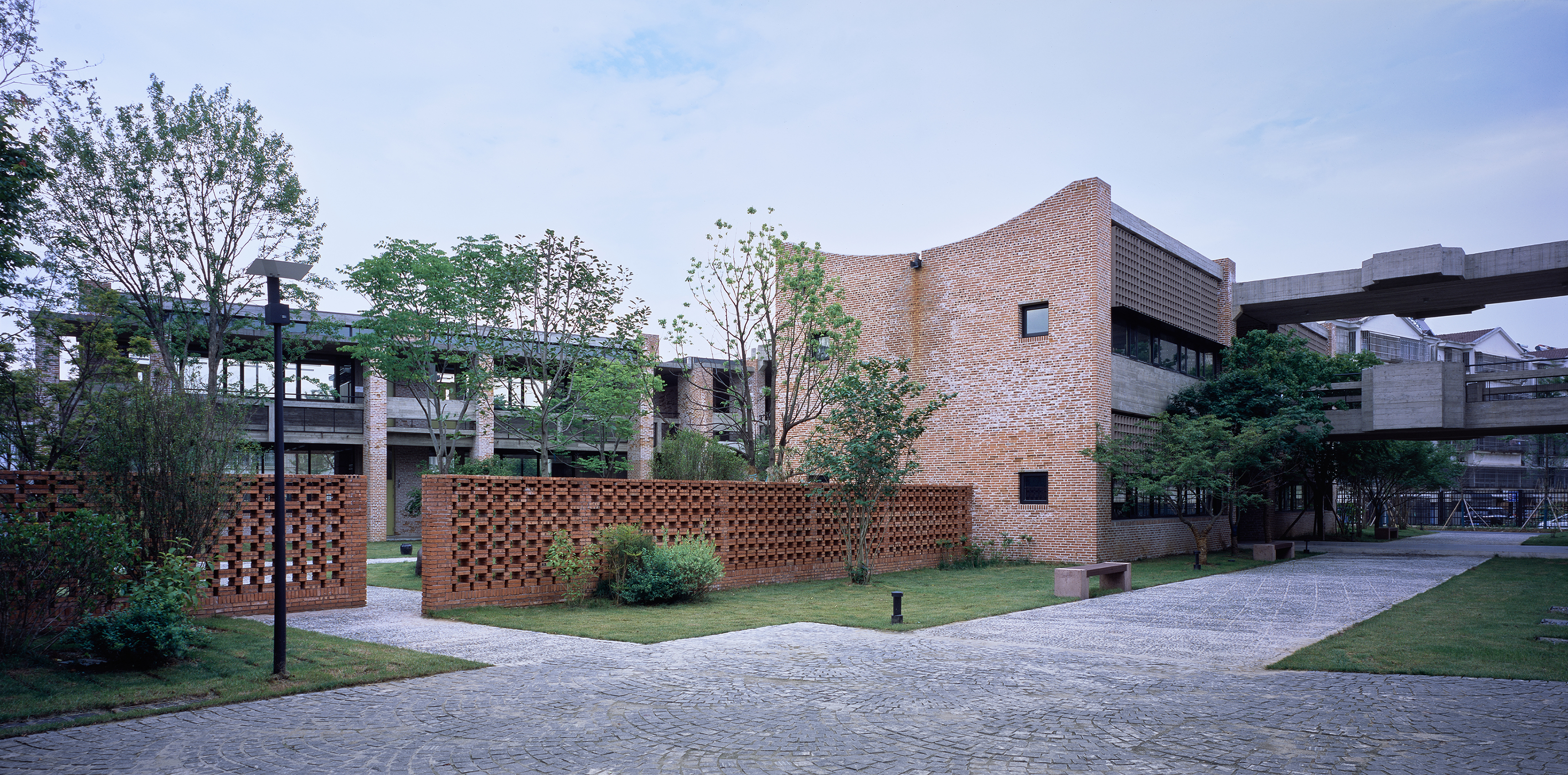
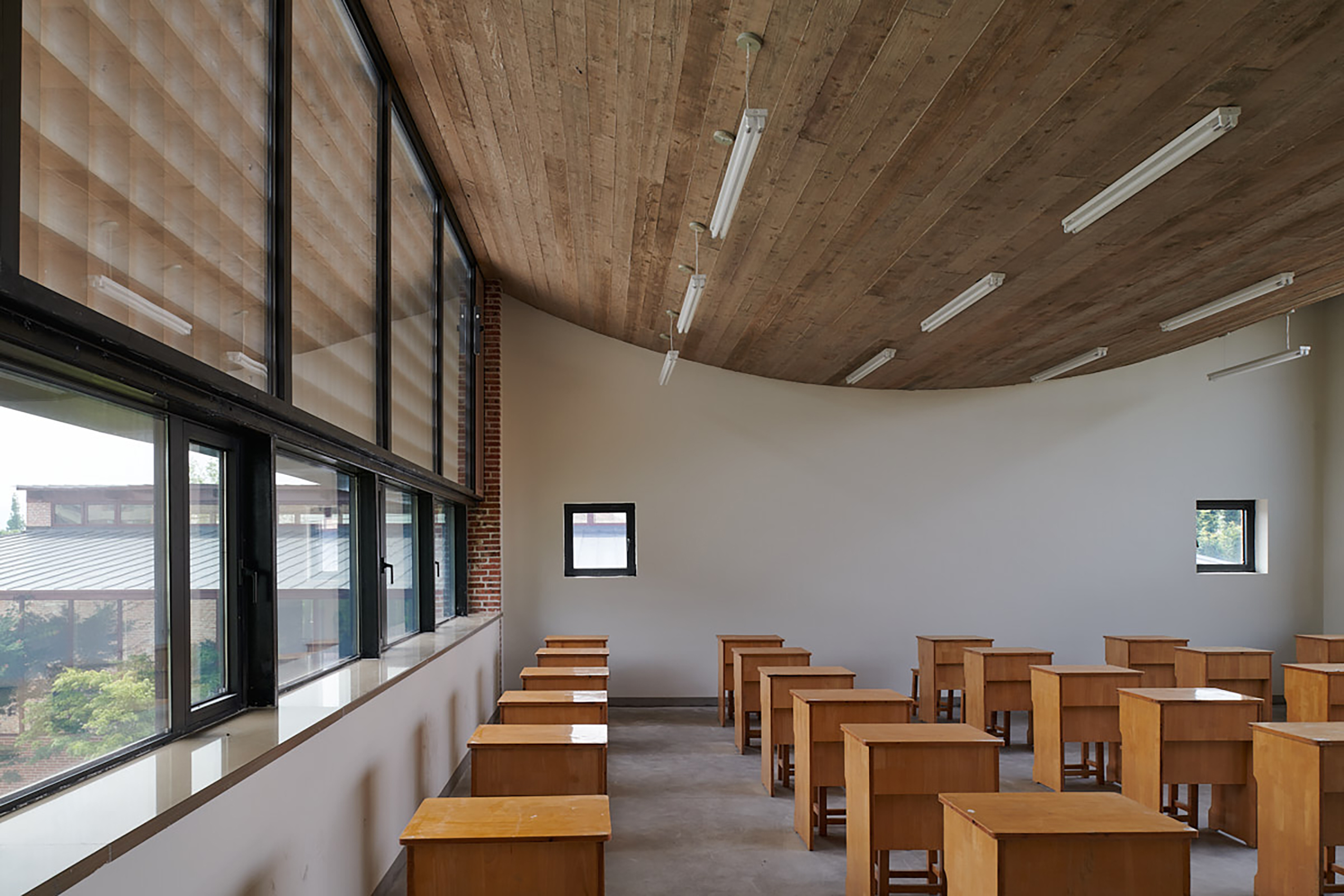
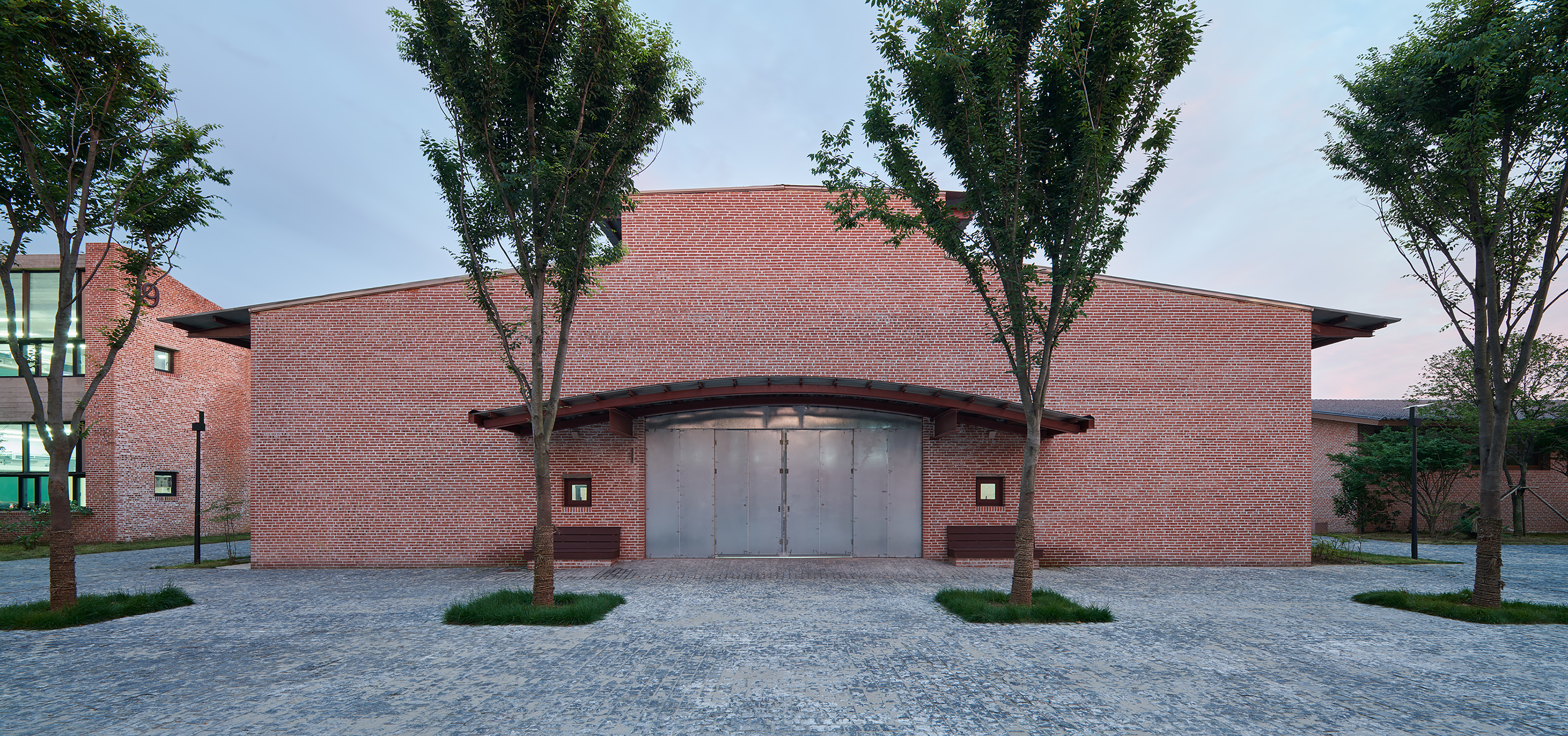
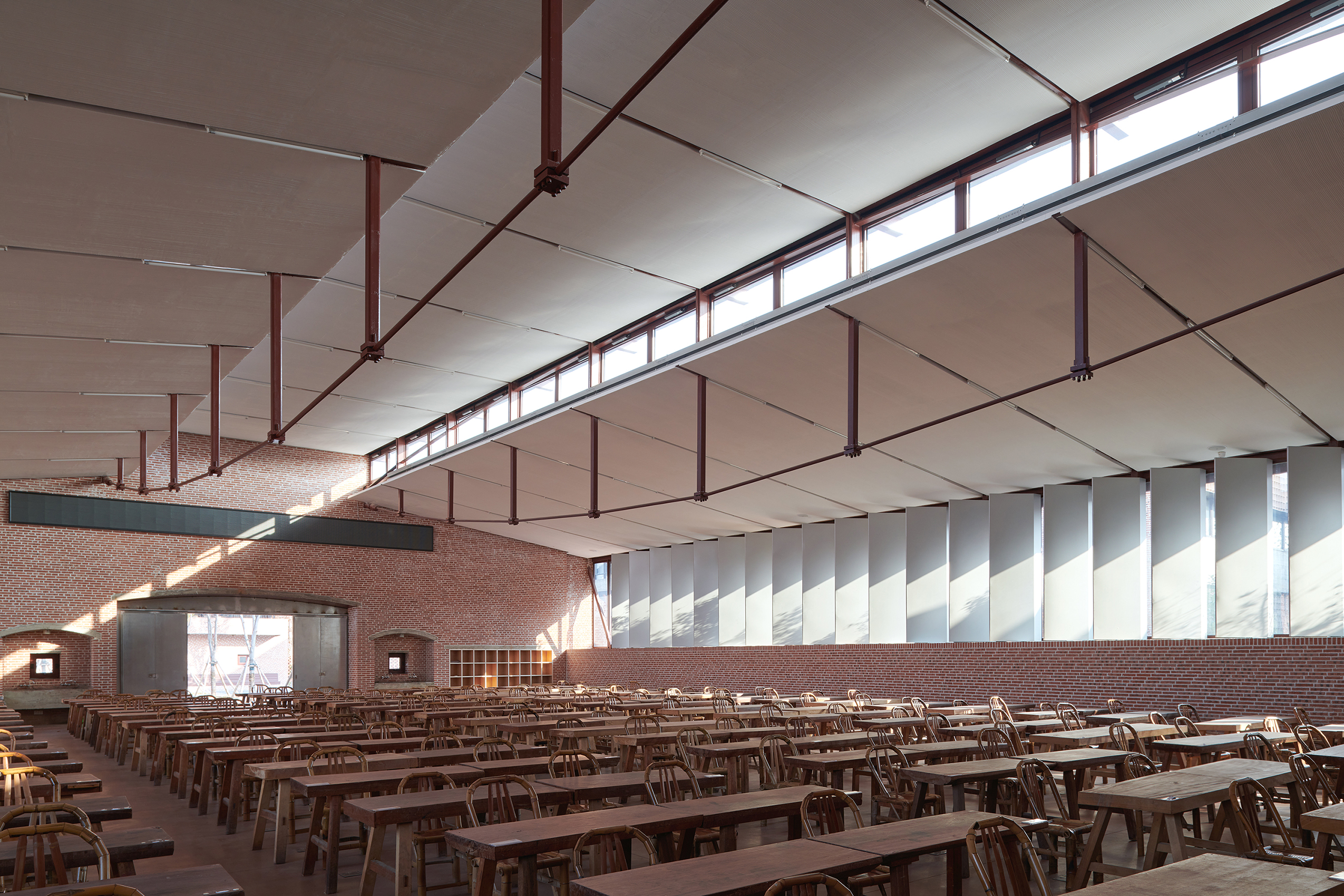
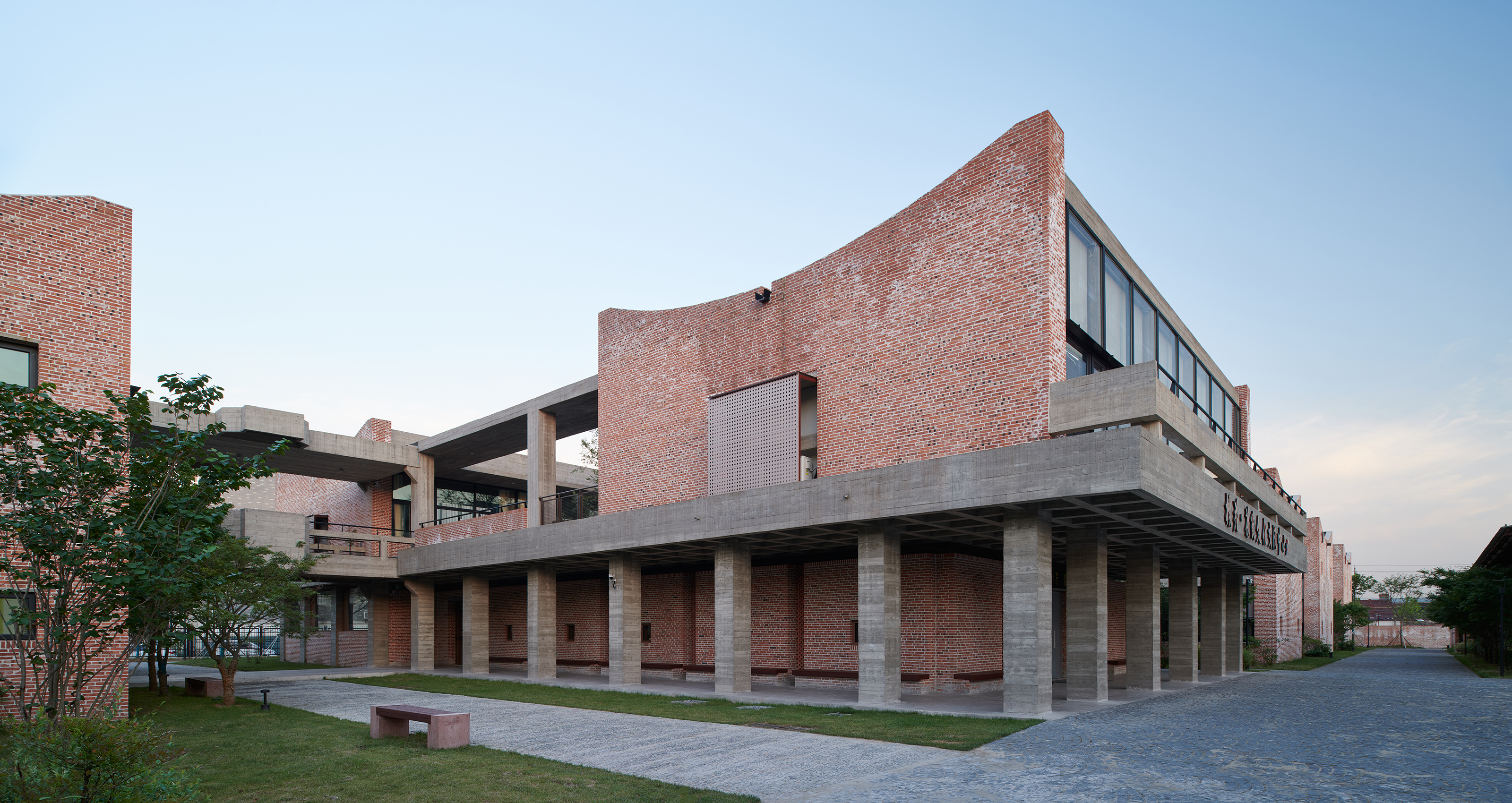

由此产生的十几个散落布置低矮的“小建筑”,每个都有良好的自然采光和自然通风,它们之间形成不同类型的外部空间。并置的各种内外空间,由遮阳避雨的半室外廊子串联,共同组成一个丰富多样的校园整体。校园里的宜人风景和自由交流的氛围,也成为进行陶艺创作的灵感源泉。
A dozen of scattered, low-rise "small buildings" are thus improvised, with different types of exterior spaces exist between them, all having good natural lighting and ventilation. These juxtaposed various internal and external spaces are linked by canopied semi-outdoor porches and form a rich, diverse environment. The pleasant landscape and the atmosphere of free communication serves as a source of inspiration for pottery creation..
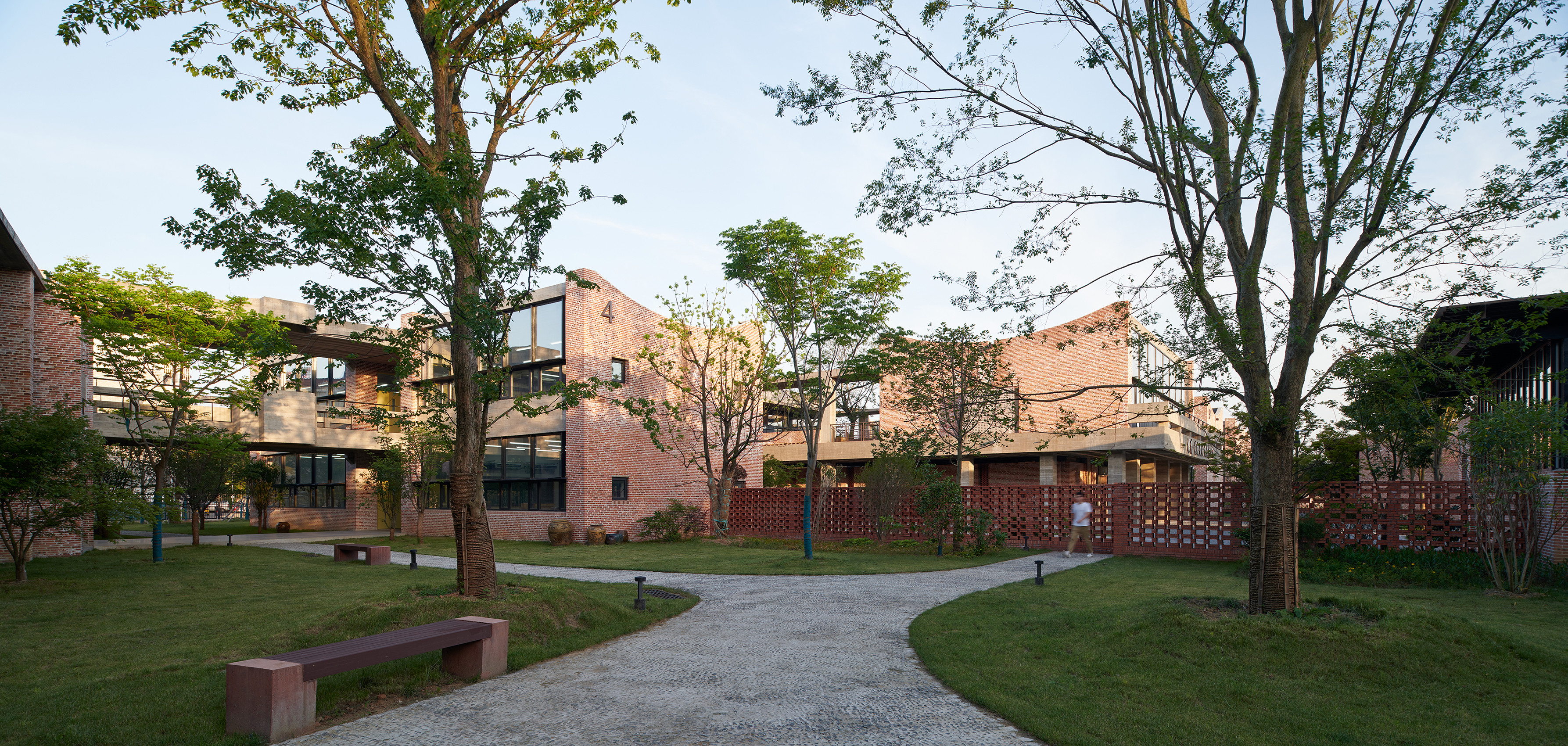

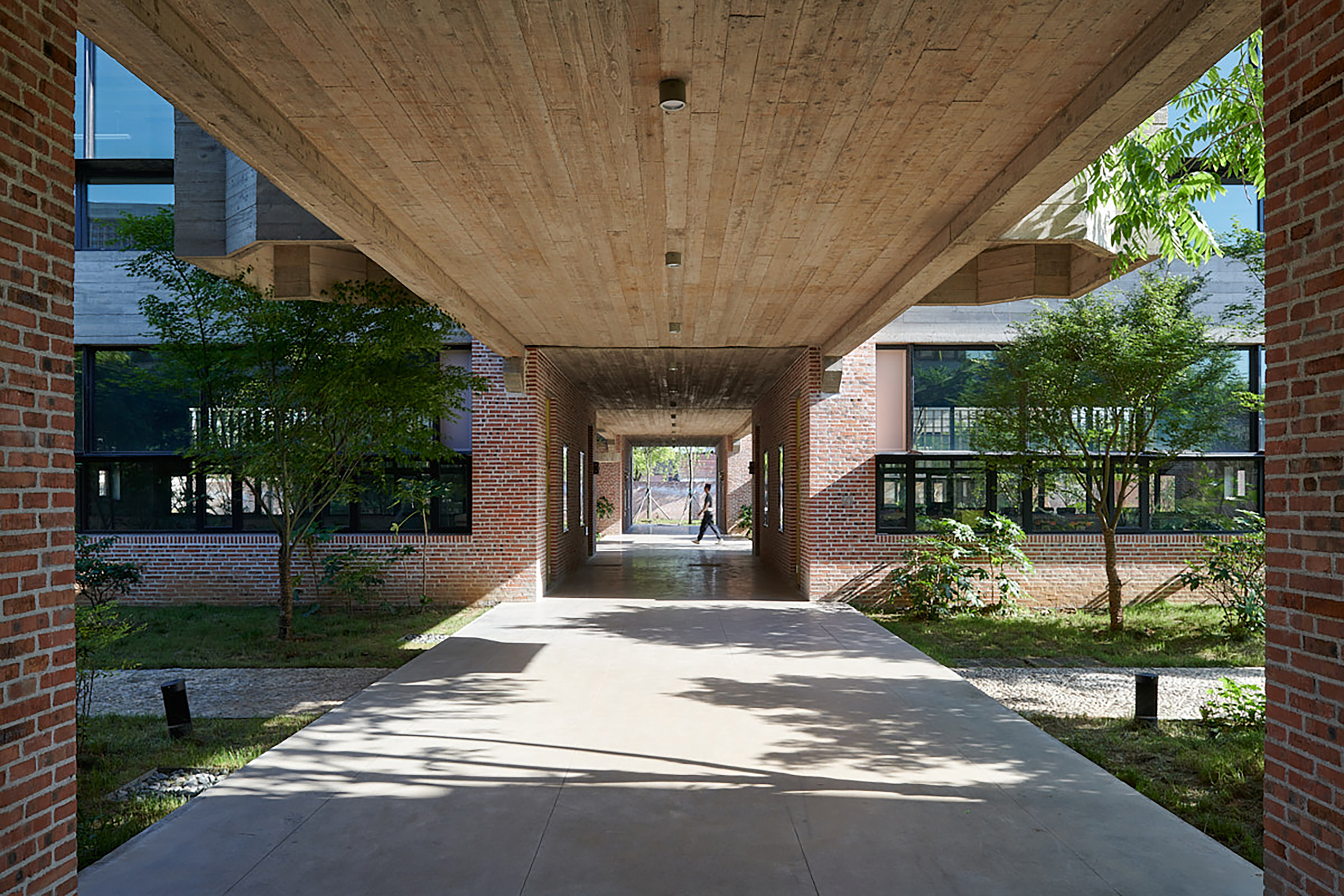
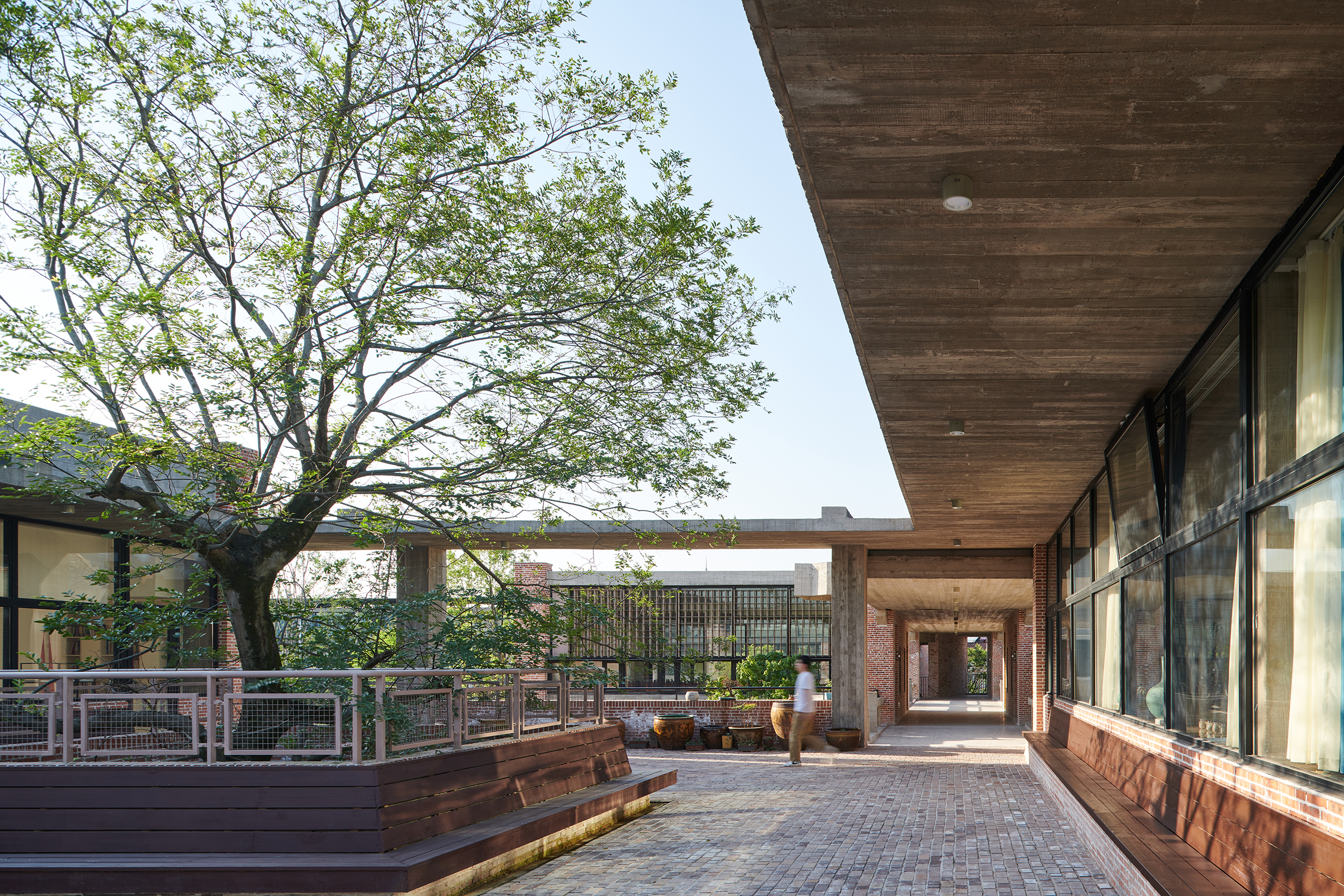
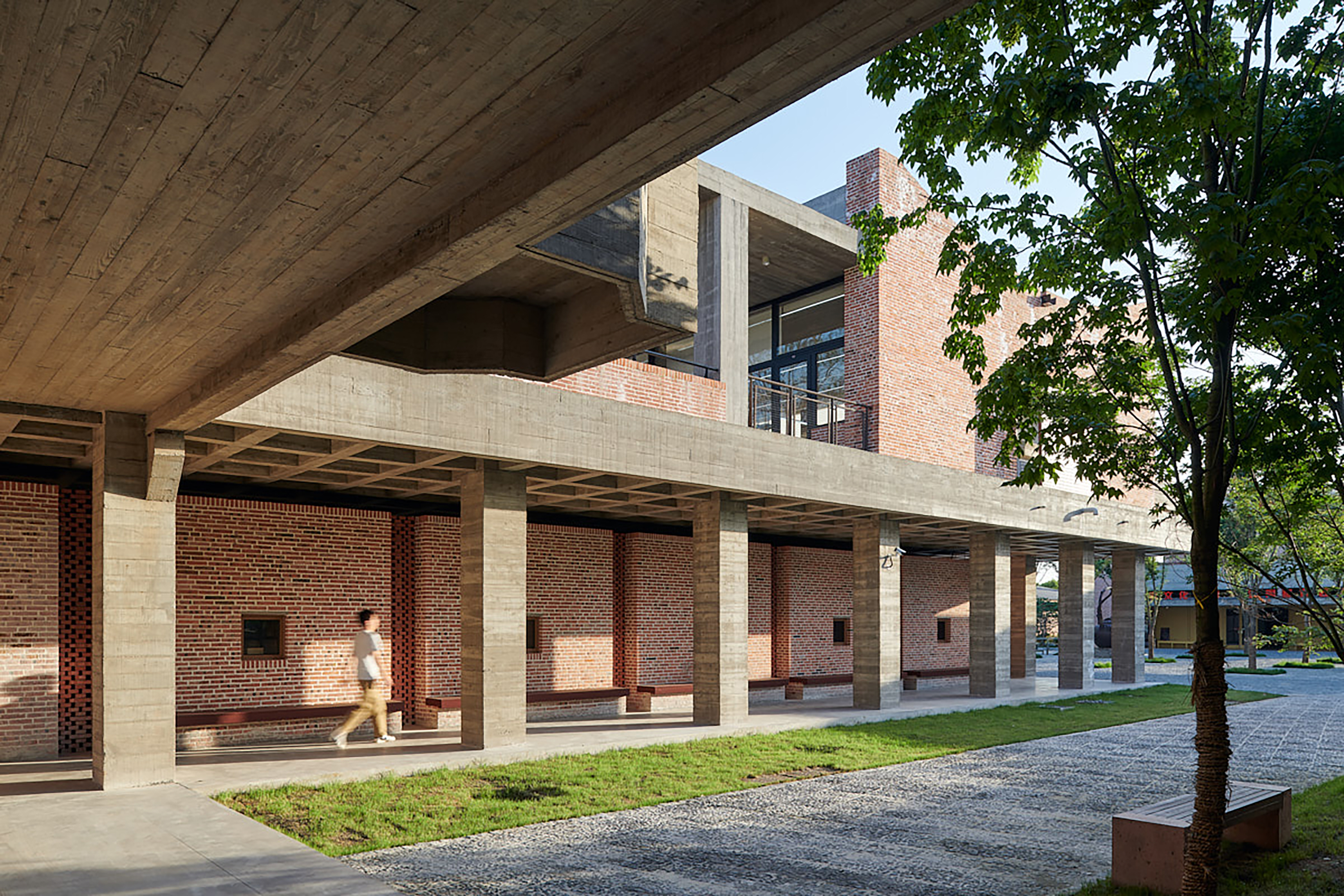

材料、地方
砖、混凝土和砂岩,是丁蜀成校的主要材料。砖的烧制、墙的砌筑、混凝土模板的支护都与当地工人熟知的制陶过程有着相似的手工属性。这些日常的建造材料,与新的构造方法结合,让校园自如地融进了小镇的肌理。新校园建成后,周边的居民们也觉得这些房子看上去亲切。
Brick, concrete, and sandstone are the main materials for this campus. Brick firing, wall masonry, and concrete casting are similar to pottery making and convenient for local builders to take on. The use of ordinary materials combined with new construction techniques allow the campus to easily merge into the existing context of the town. Upon completion, the builders and local residents immediately feel so close to the new campus.
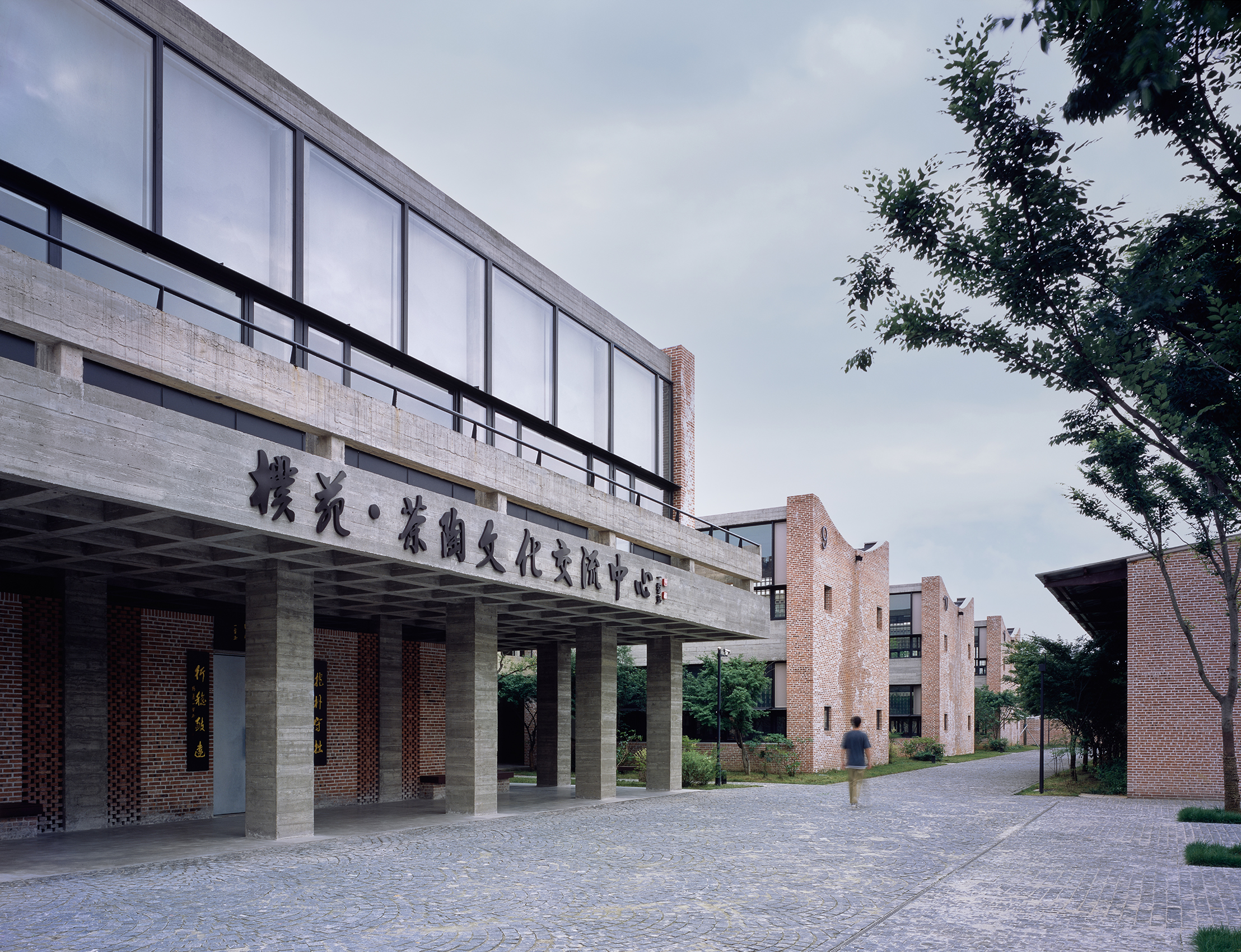
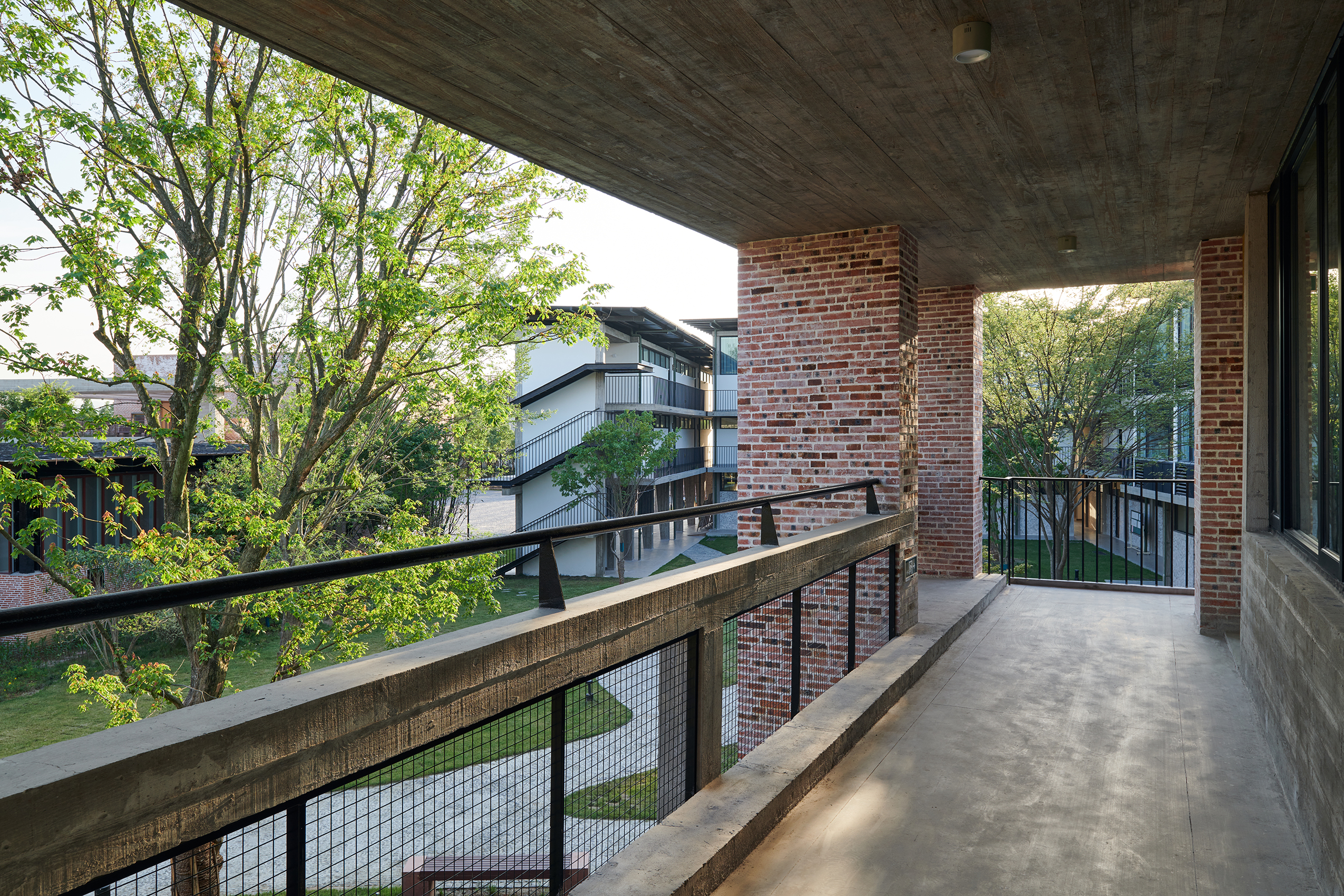

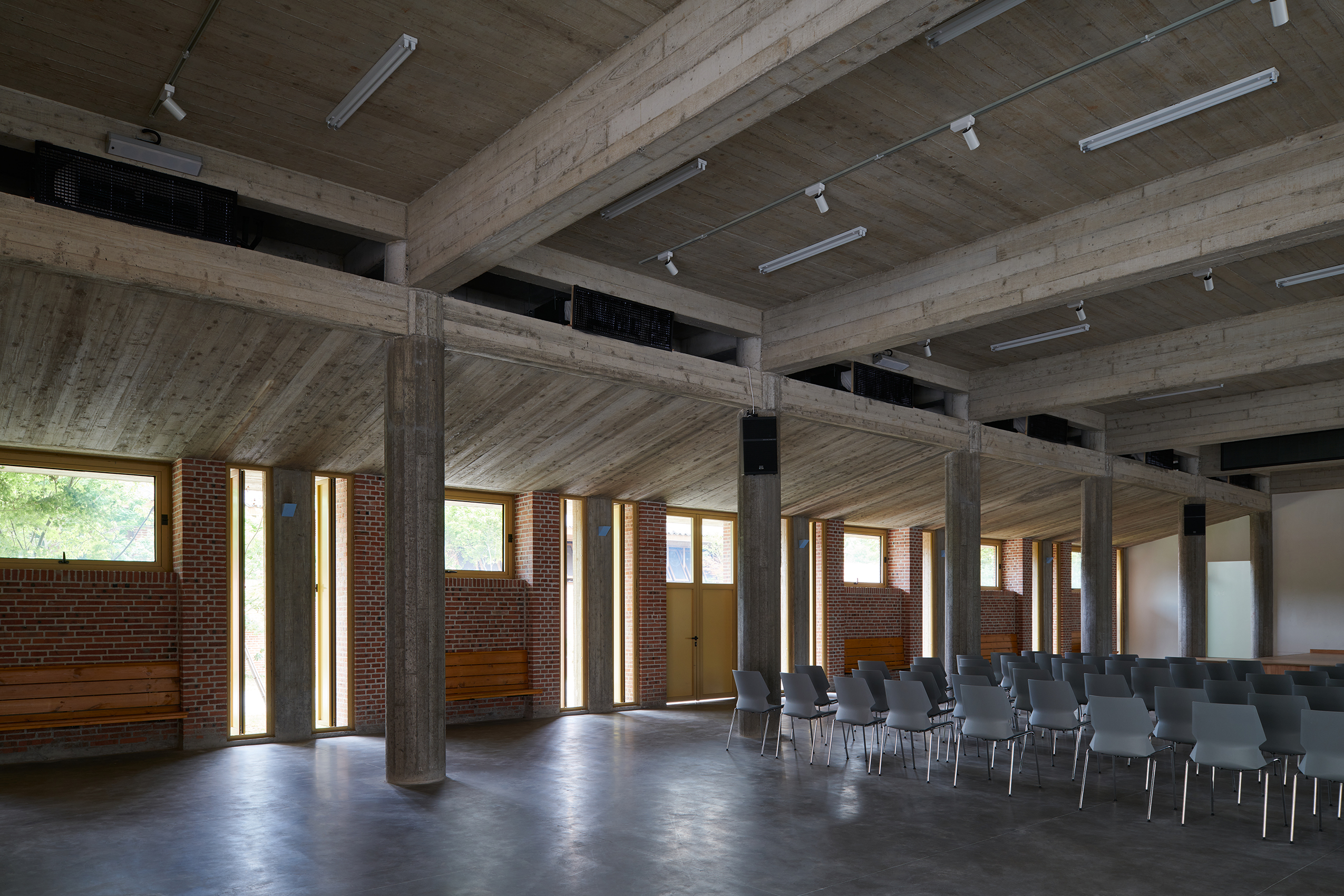

因陶文化的发展而诞生的丁蜀学校,每年为数千名学员提供高质量陶艺技能培训,以此提升他们的专业技能和生活水平。与此同时,这所学校持续举办的文化展示和交流活动,让当地社区从中受益,也让历史悠久的制陶活动在丁蜀生生不息。
Born from the development of pottery, this school now provides high-quality pottery training every year for thousands of local residents, improving their professional skills as well as living standards. Meanwhile, the ongoing cultural demonstration and exchange activities taking place at the school also benefit the local community and keep the long tradition of pottery making alive in this small town.
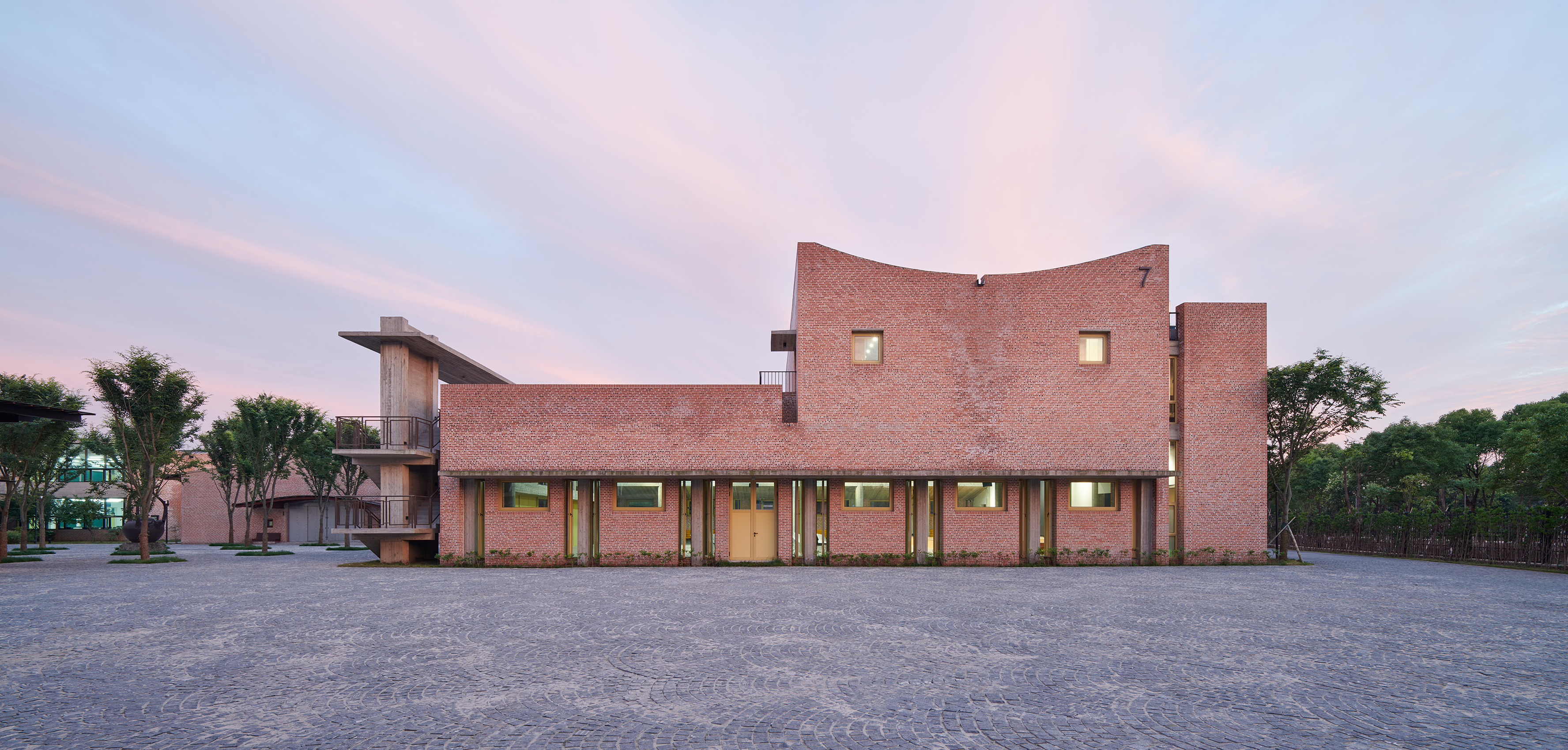

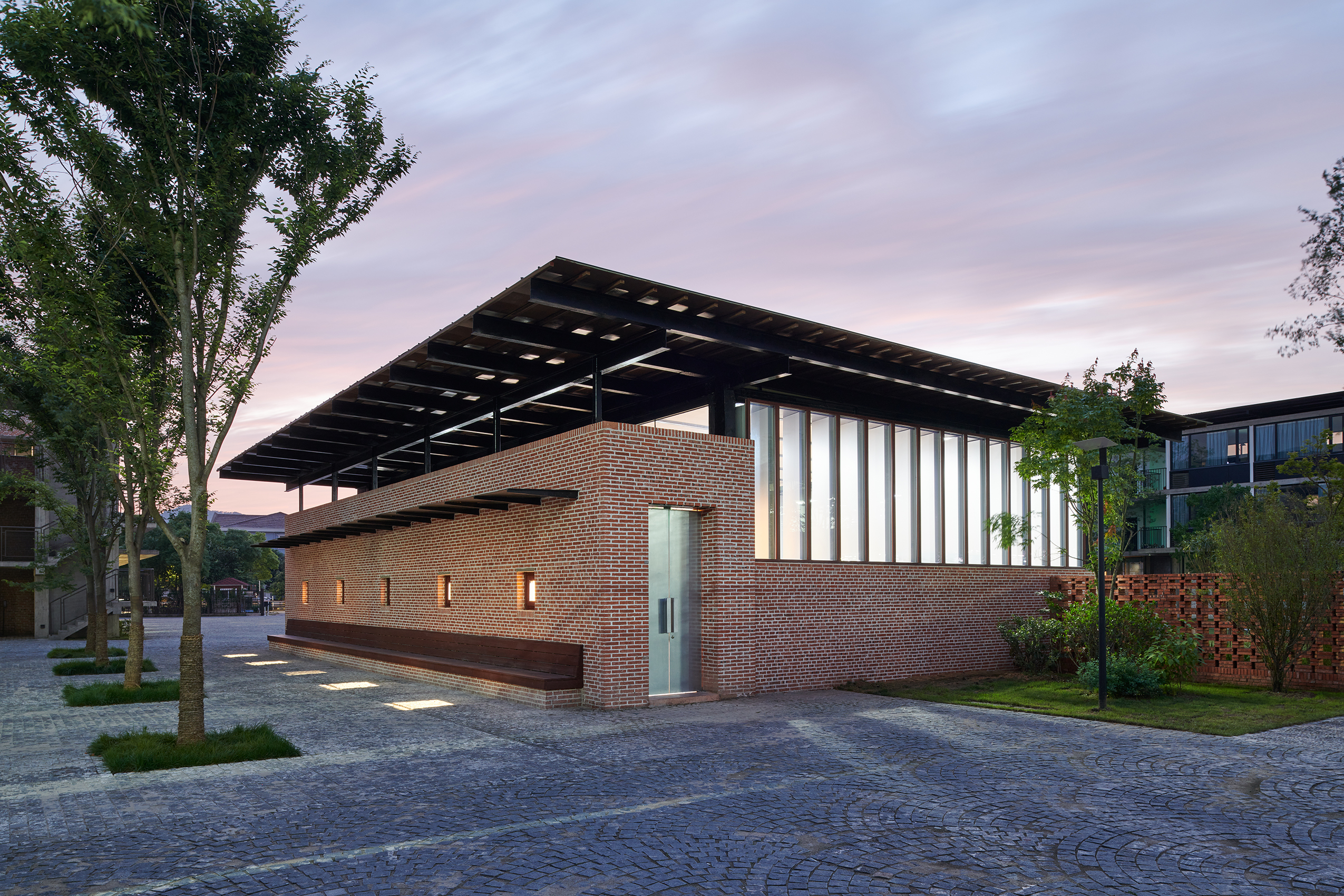
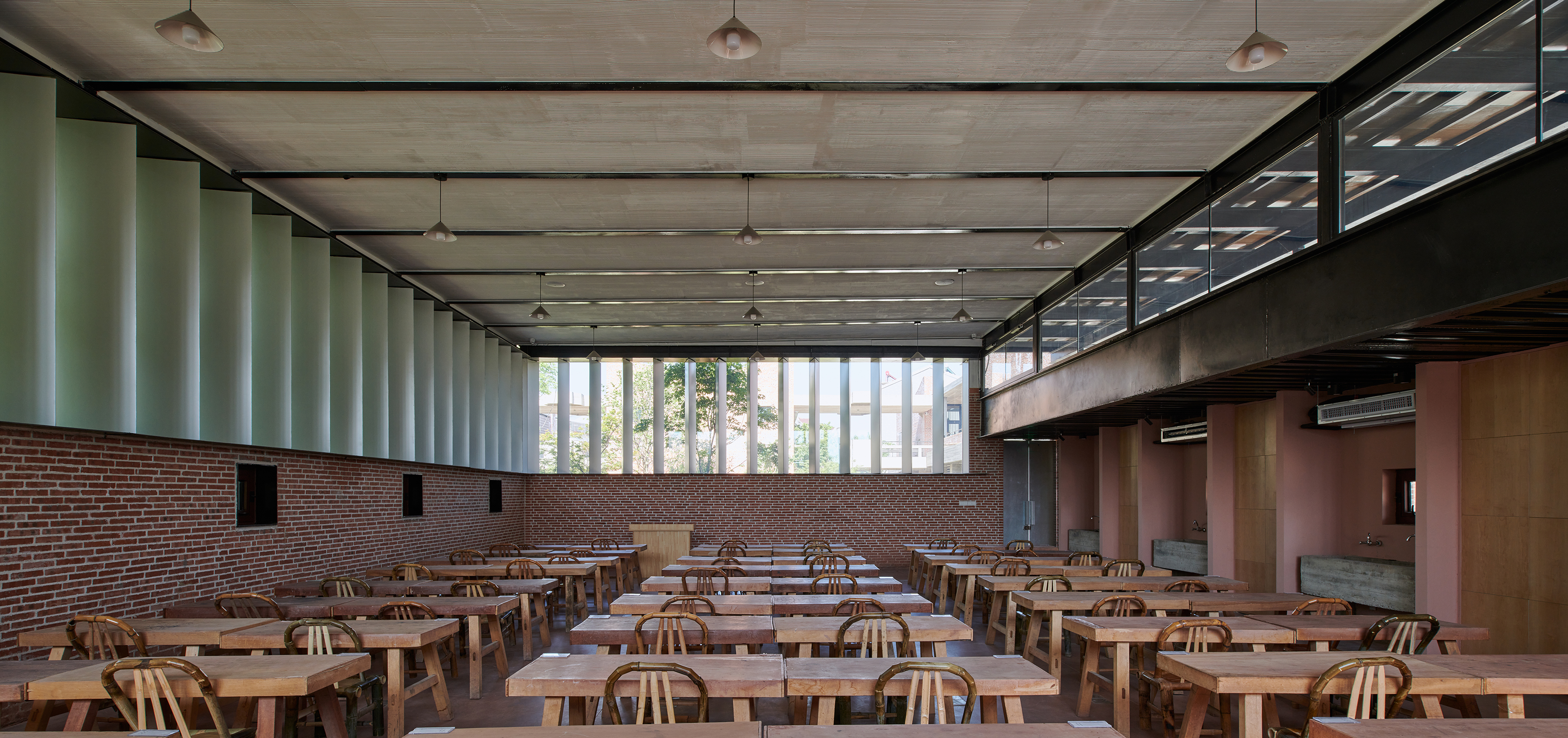
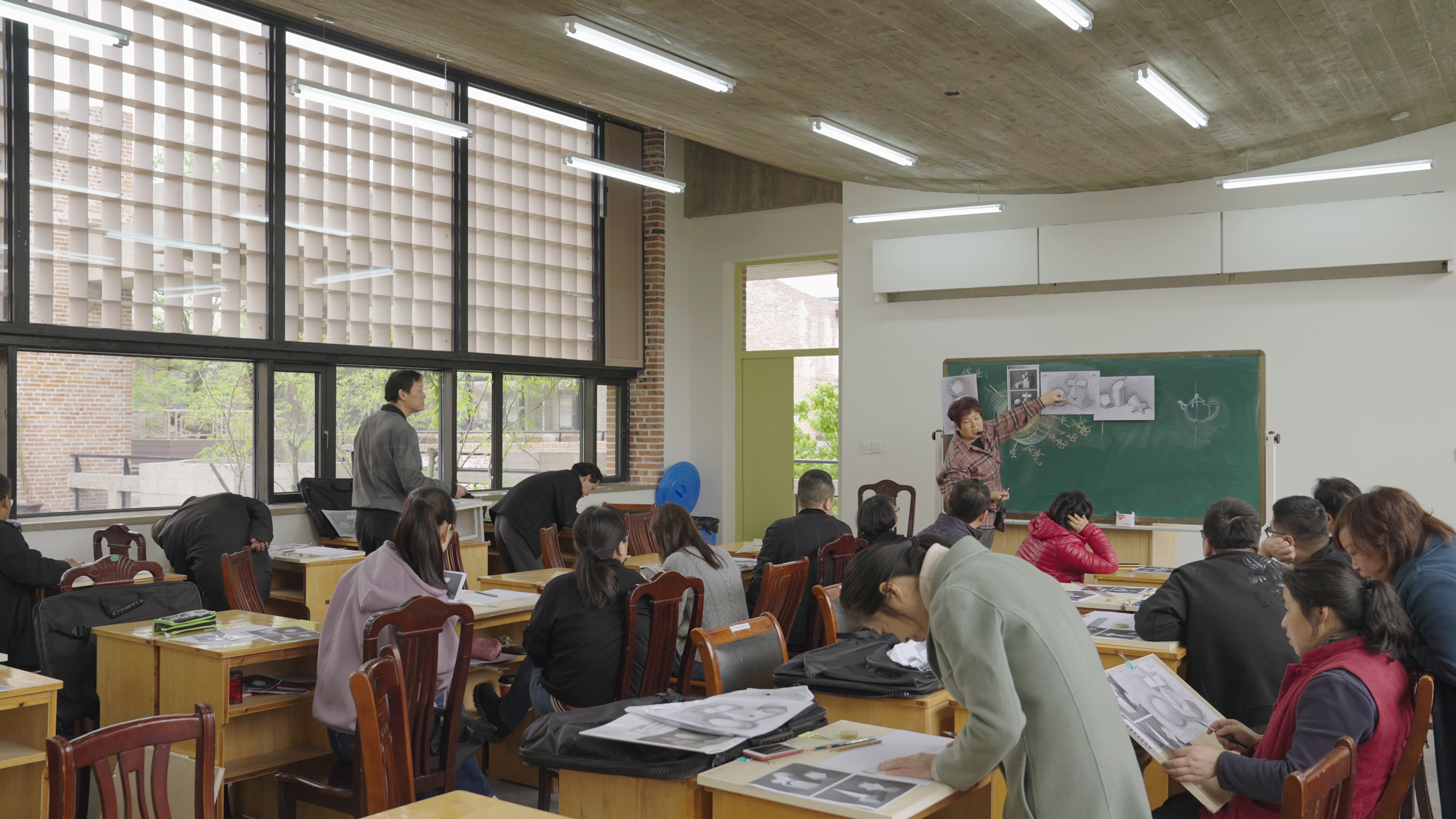
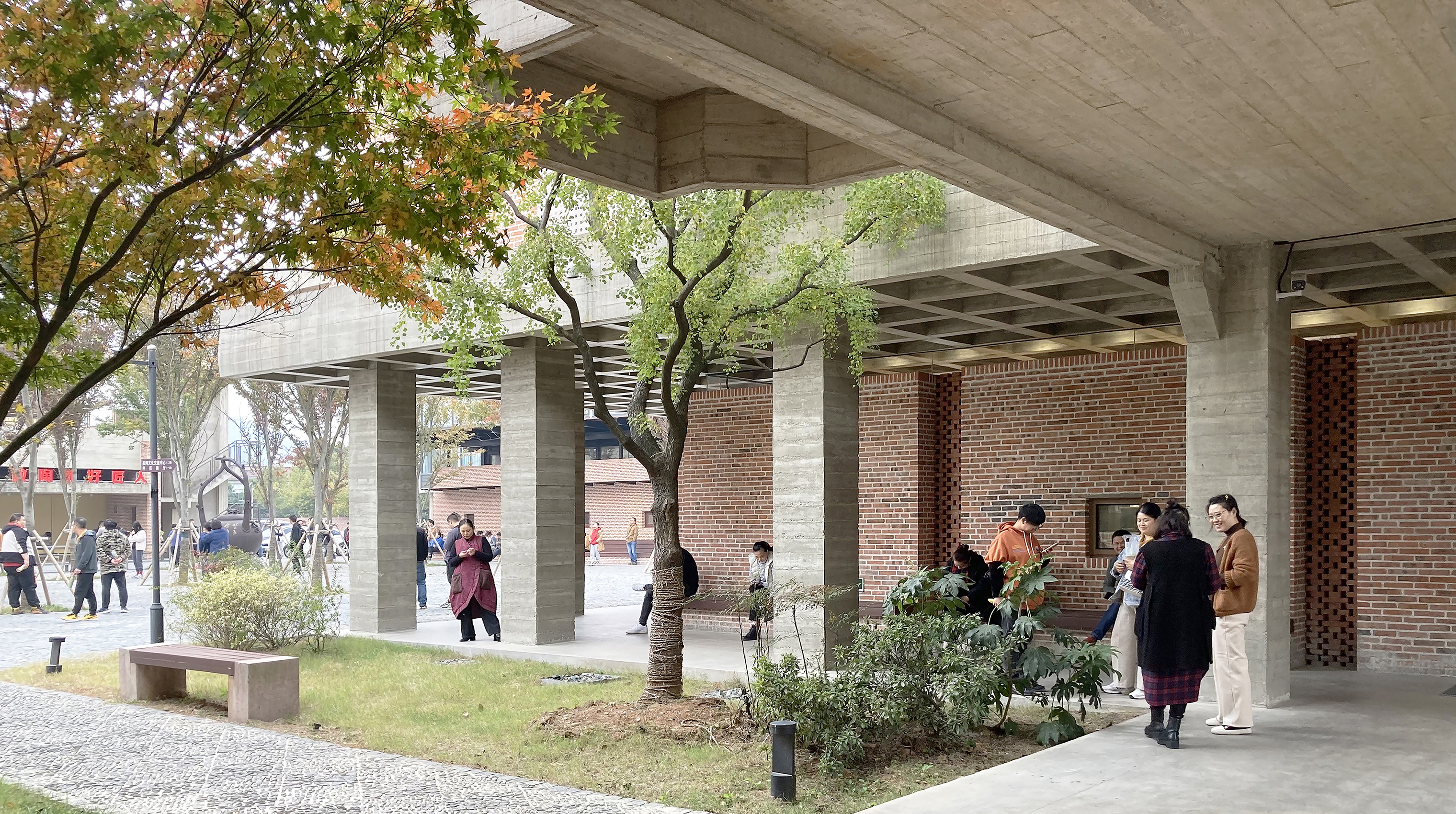

模型照片 ▽
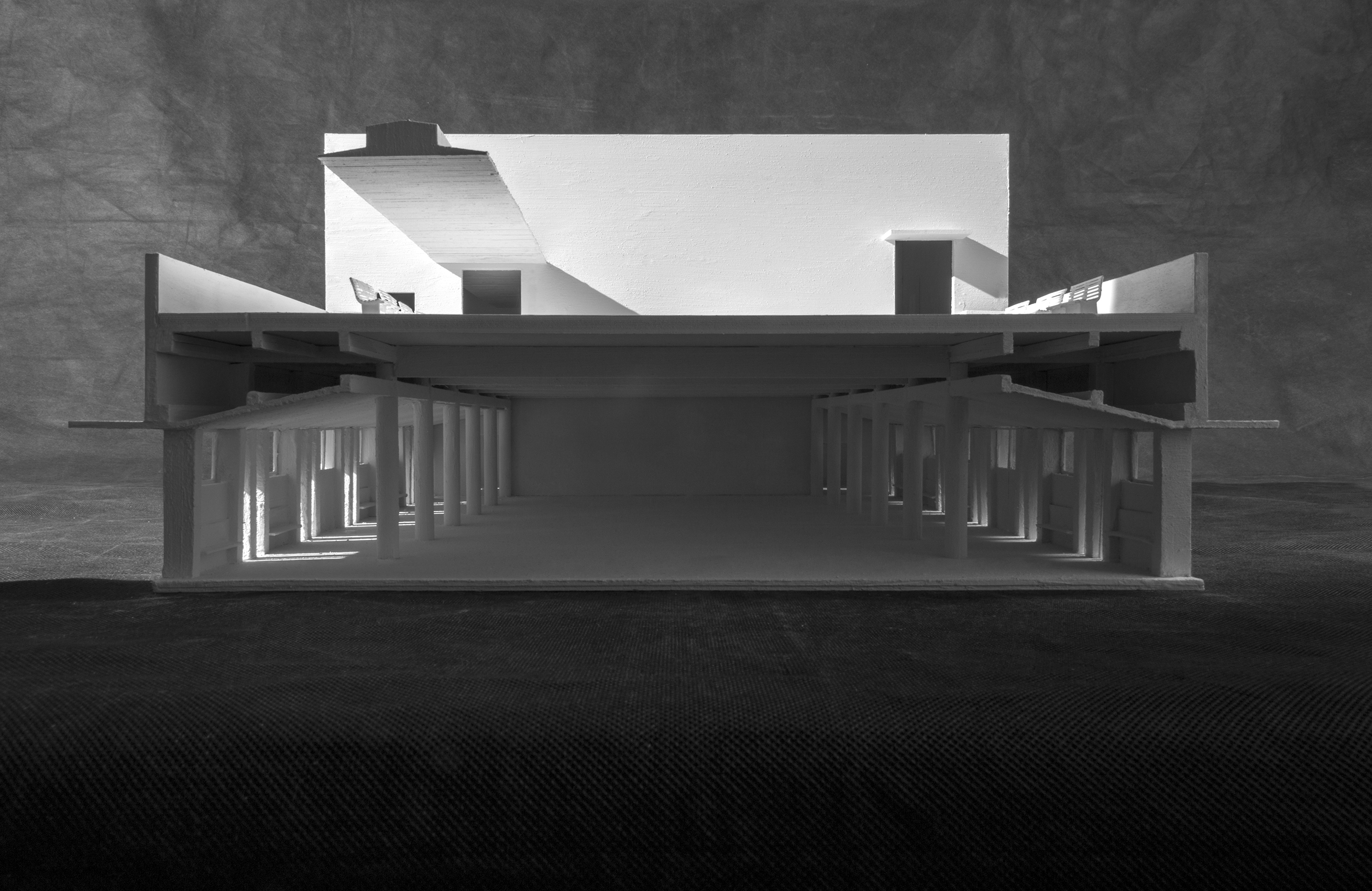
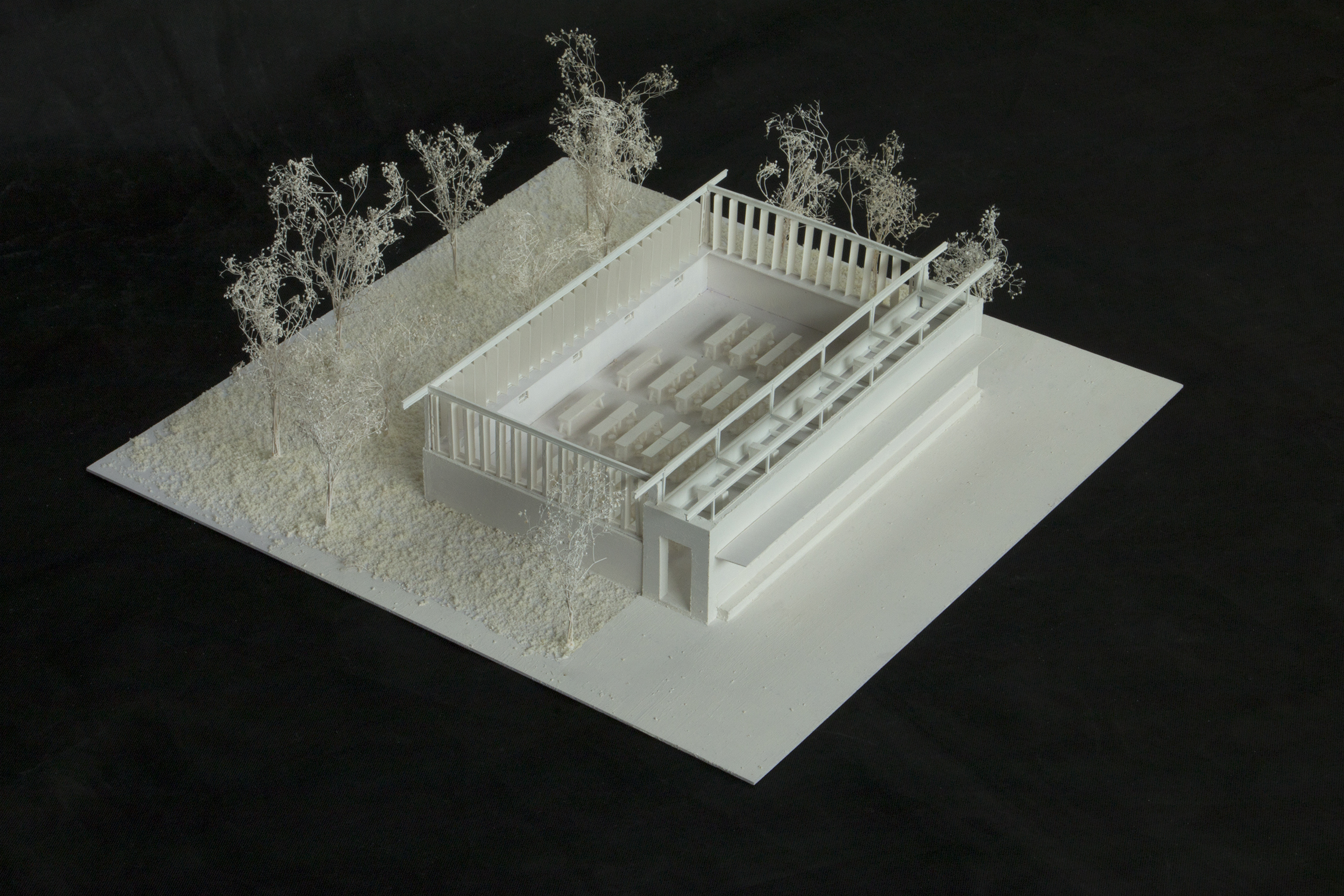
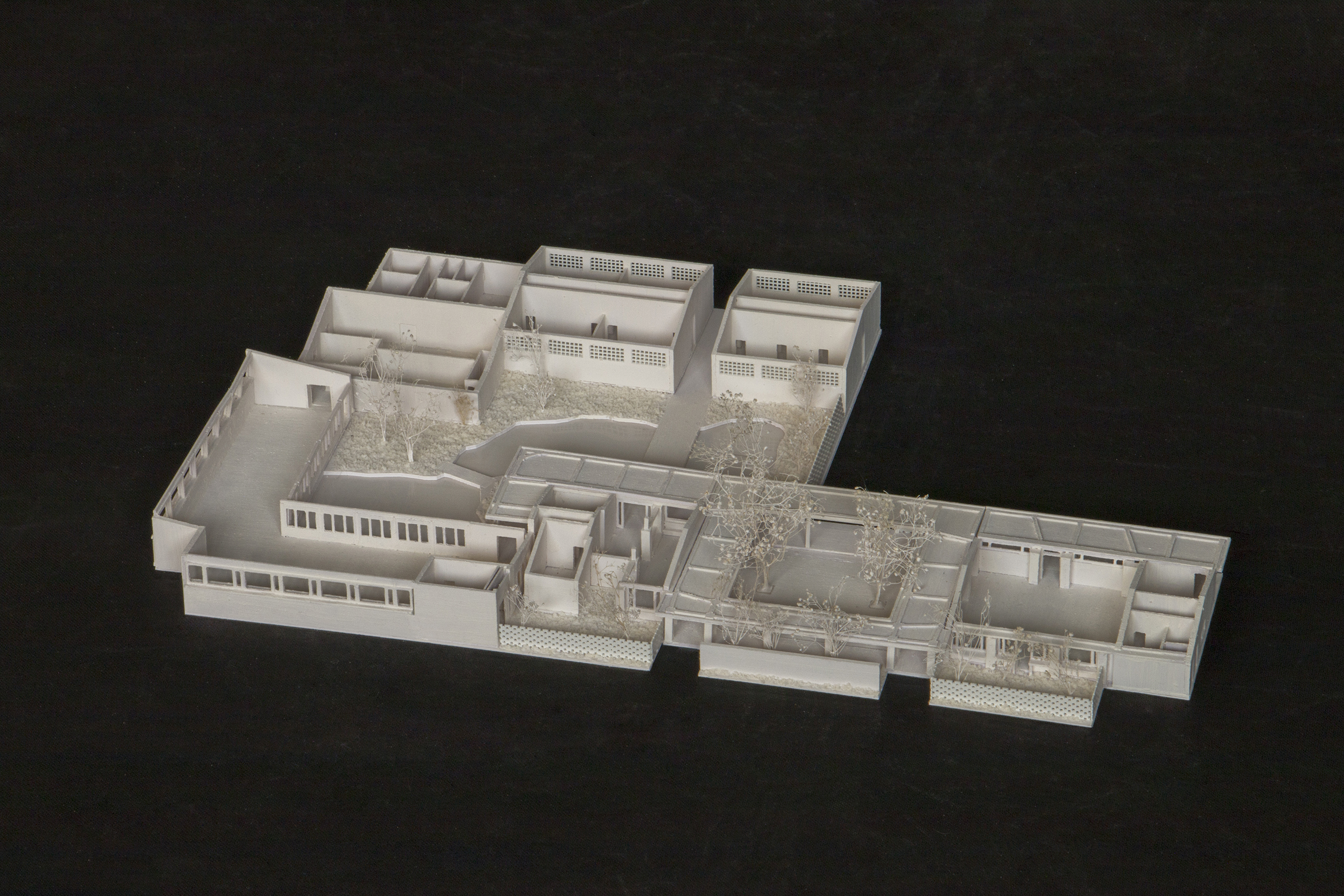
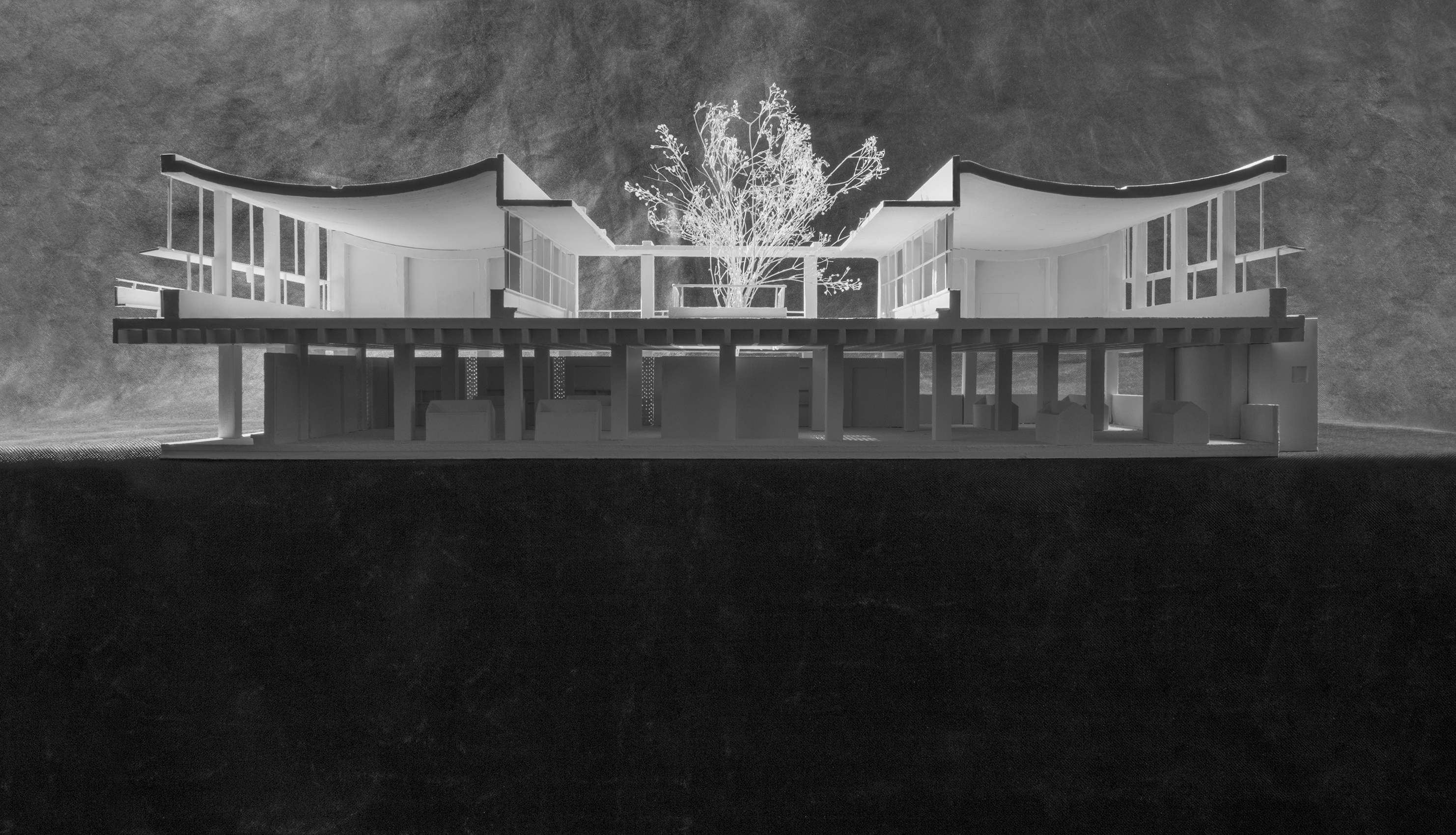
设计图纸 ▽
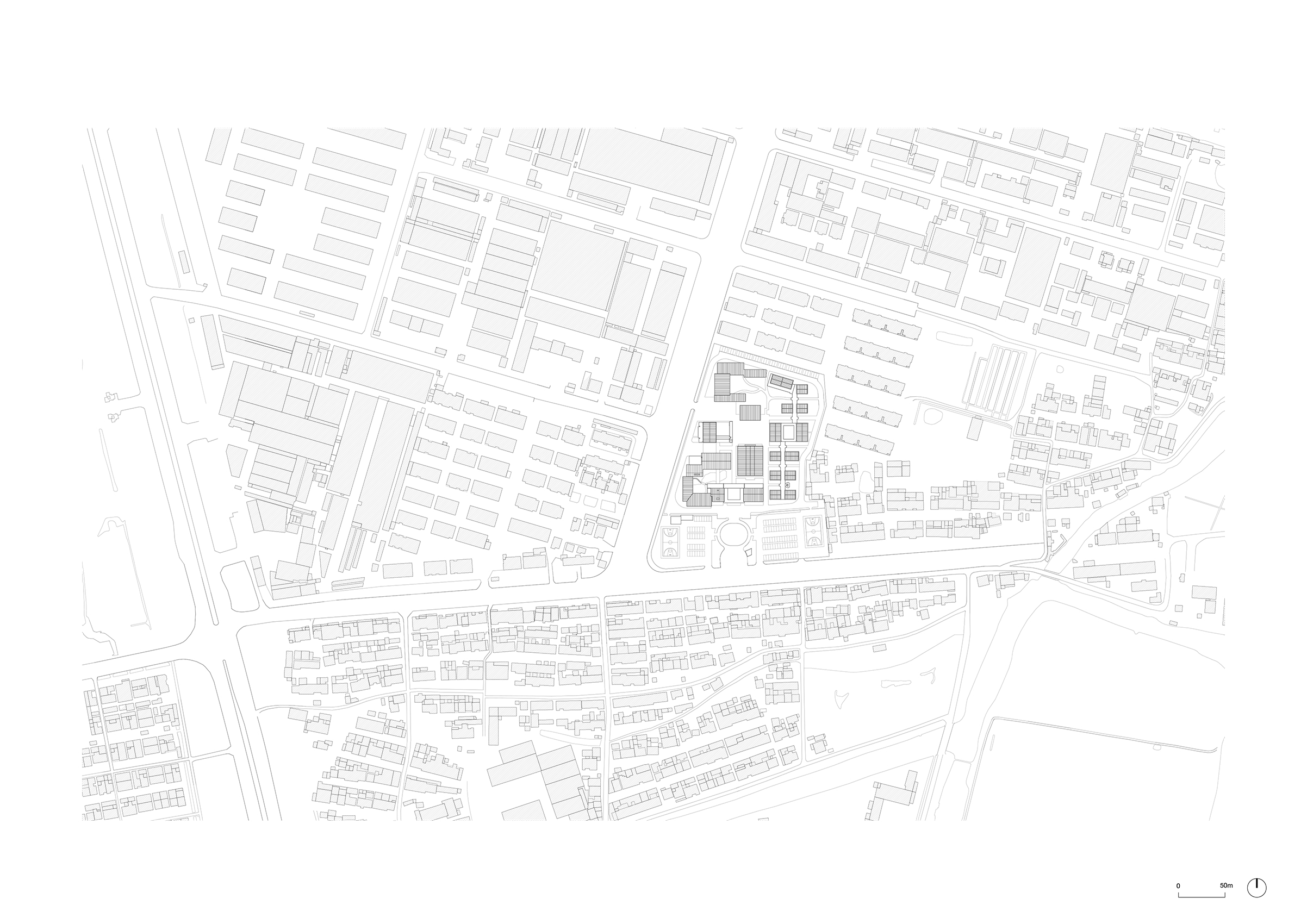


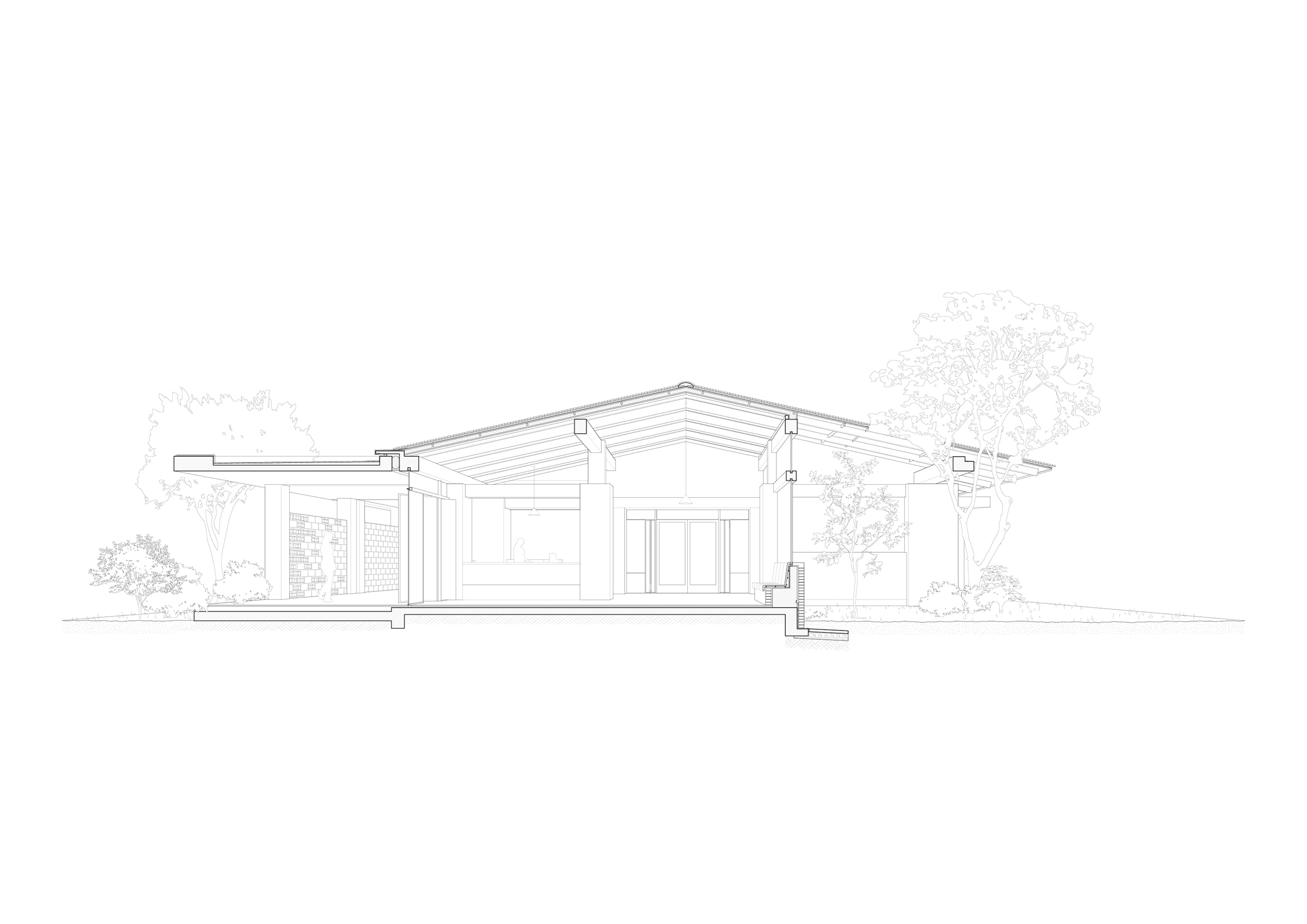
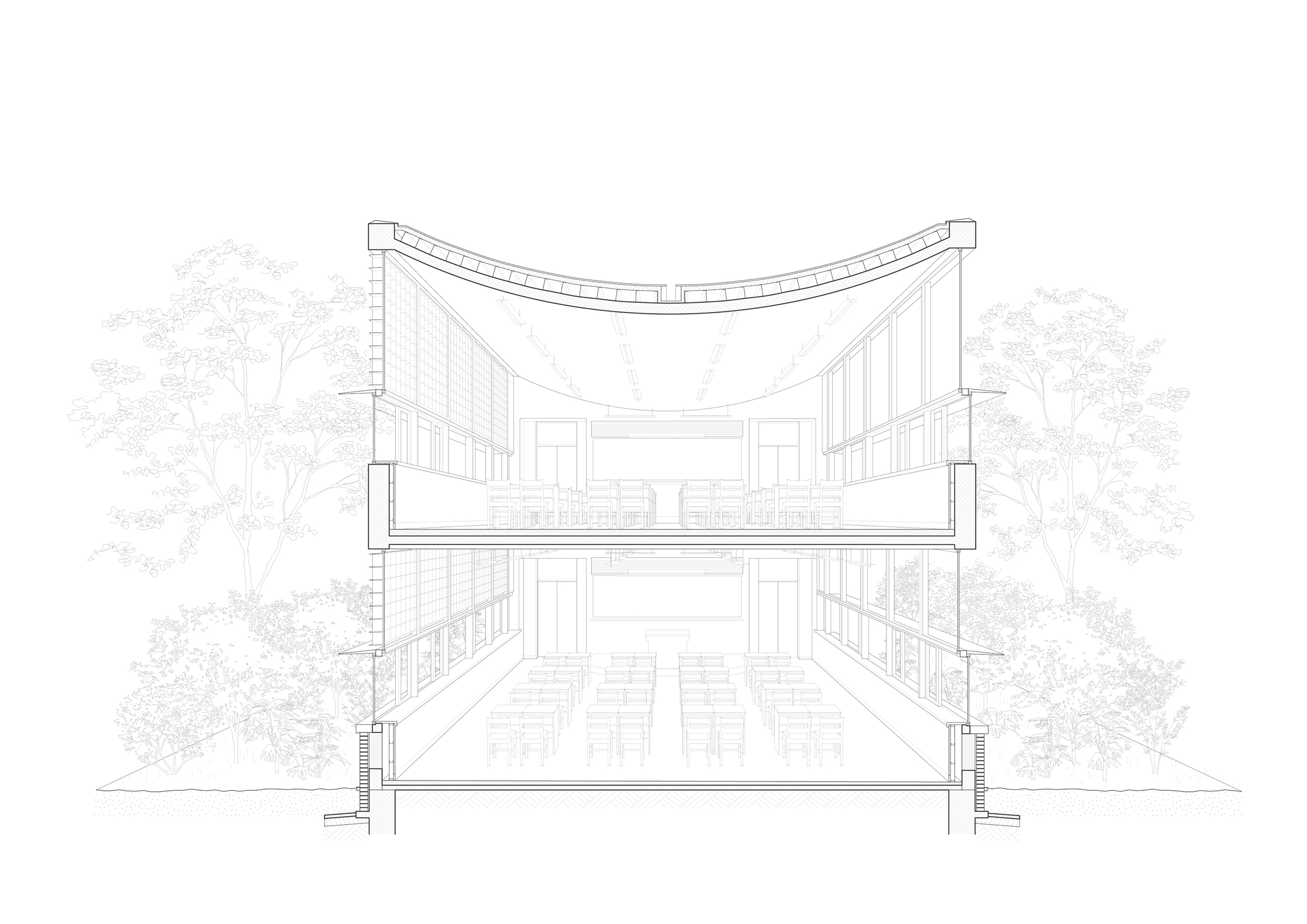

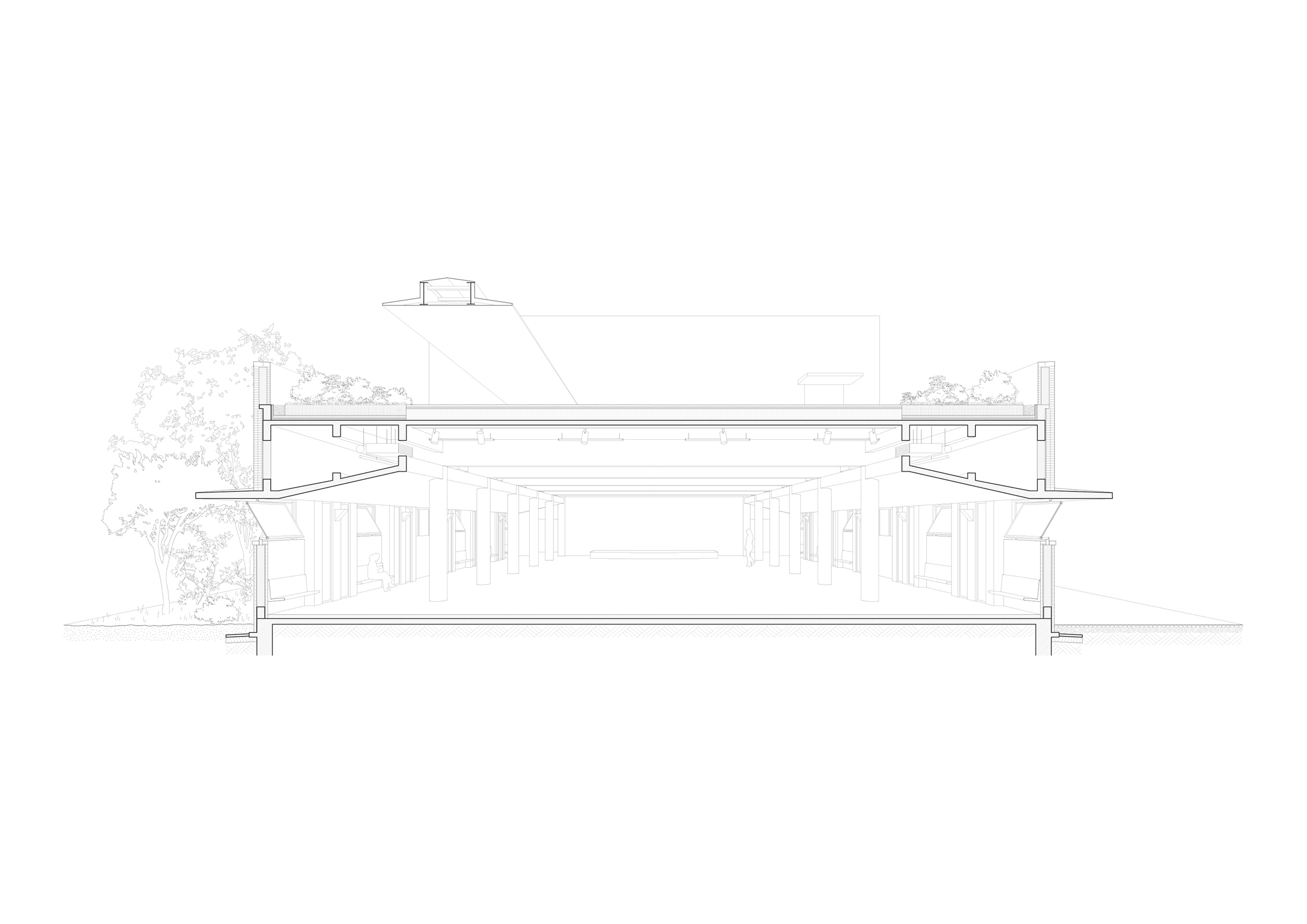

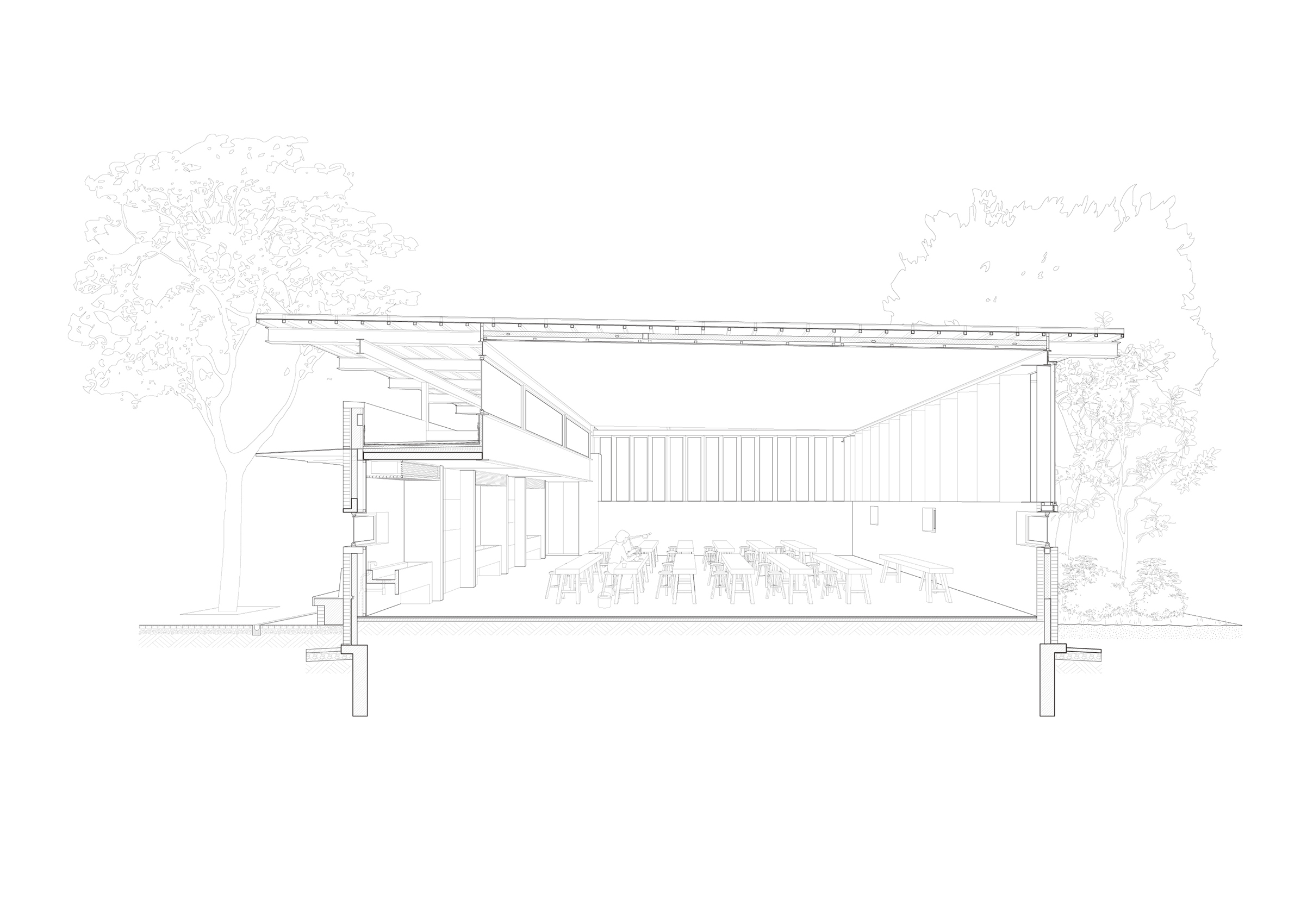

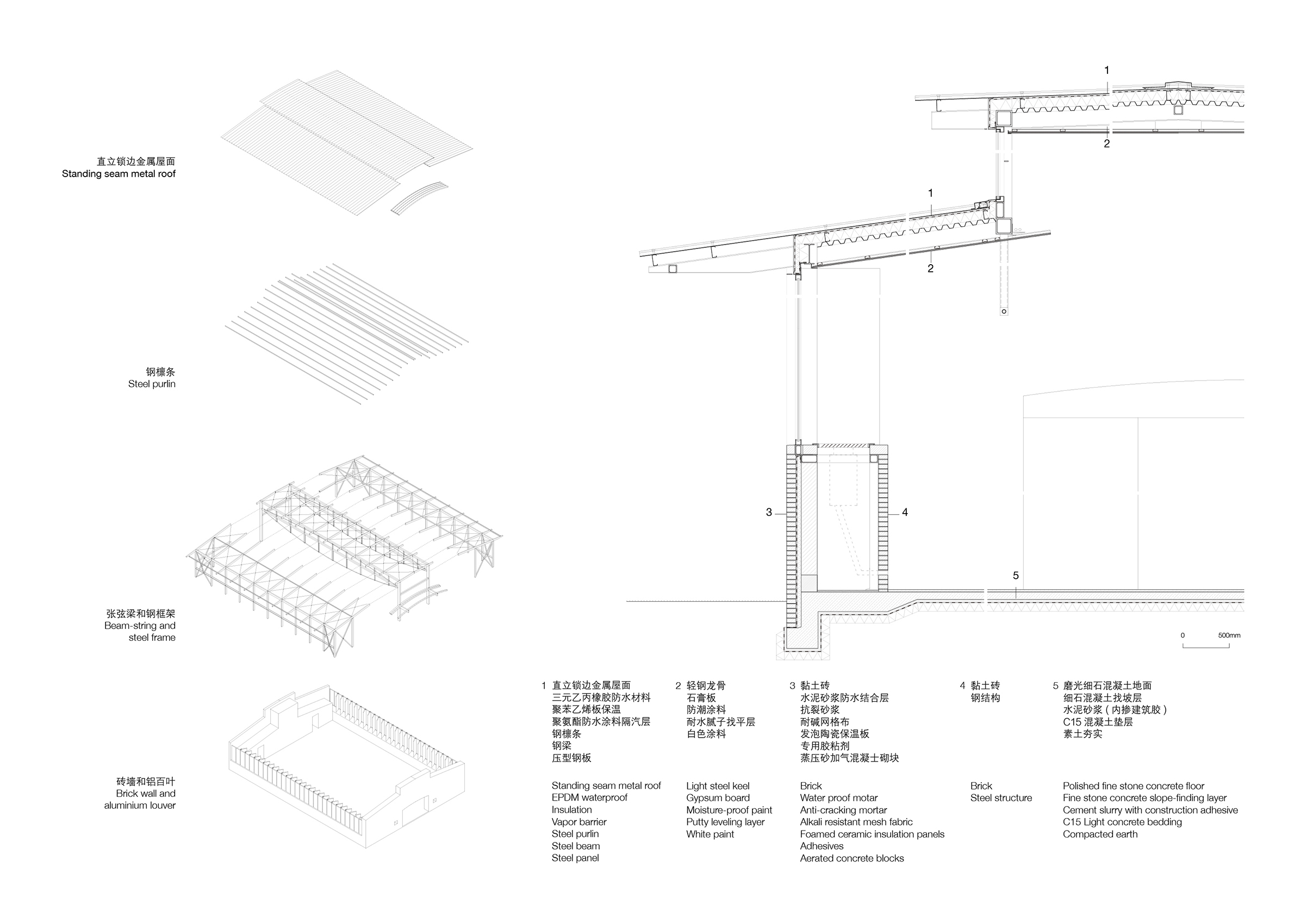
完整项目信息
项目名称:丁蜀成校
项目类型:建筑
项目地点:江苏宜兴丁蜀镇
建筑、室内、景观设计:亘建筑事务所
主持建筑师:薛喆、范蓓蕾、孔锐
项目建筑师:王诗羽
设计团队:陶舒婷、刘洋、洗浩辉、薛君、肖欣雨、钱佳、李兰若、郭正浩、刘靖寰、黄钒郎、谢如珪、李云宏
景观建筑师:陈希
驻场监造:王诗羽、陈希、钱佳、迟增磊、曲昊
结构顾问:张准、张冲冲、陈学剑 / 和作结构建筑研究所
机电顾问与合作设计:梁明、潘珅、万华军、刘剑平、何安诚 / 上海勘察设计研究院(集团)有限公司
混凝土顾问:杜杰 / 素造建筑
混凝土保护剂顾问:杜杰 / 素造建筑,毛勇 / 科焱建筑装饰工程,黄凰 /鼎中新材料
抛光混凝土地坪顾问:严乾凤 / 梵行建筑工程
业主:丁蜀成校
项目协调:丁蜀镇建设局
施工总包:华仁建设集团有限公司,宜兴市丁蜀市政建设工程有限公司
类型及功能:新建,教育
场地面积:29542平方米
建筑面积:10905平方米
设计时间:2017年12月—2019年5月
建设时间:2019年6月—2021年4月
摄影:陈颢、亘建筑
版权声明:本文由亘建筑事务所授权发布。欢迎转发,禁止以有方编辑版本转载。
投稿邮箱:media@archiposition.com
上一篇:设计酒店80 | 坎达拉玛酒店:变化即永恒
下一篇:西扎美国首作,611 West 56th Street大厦于近日完工